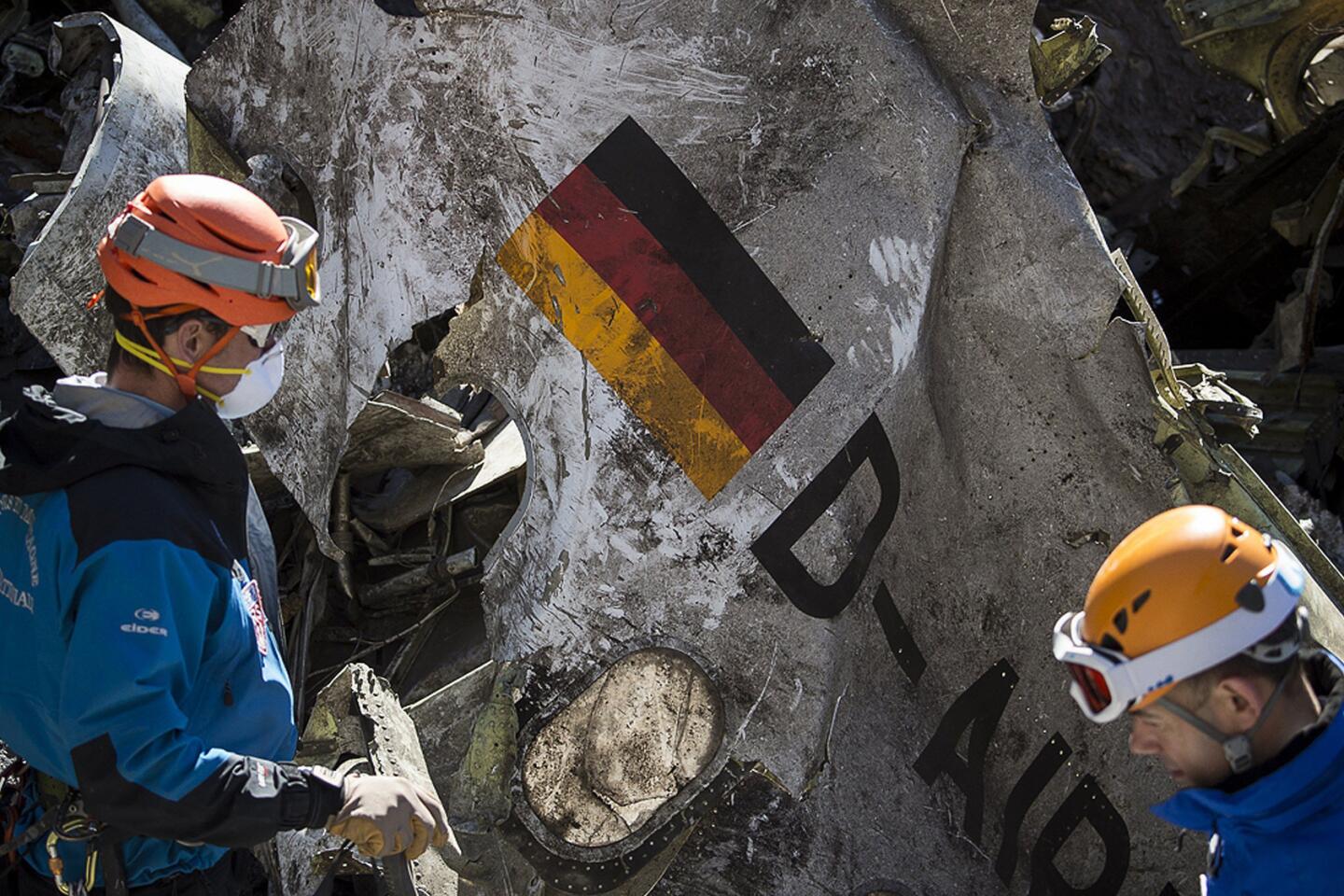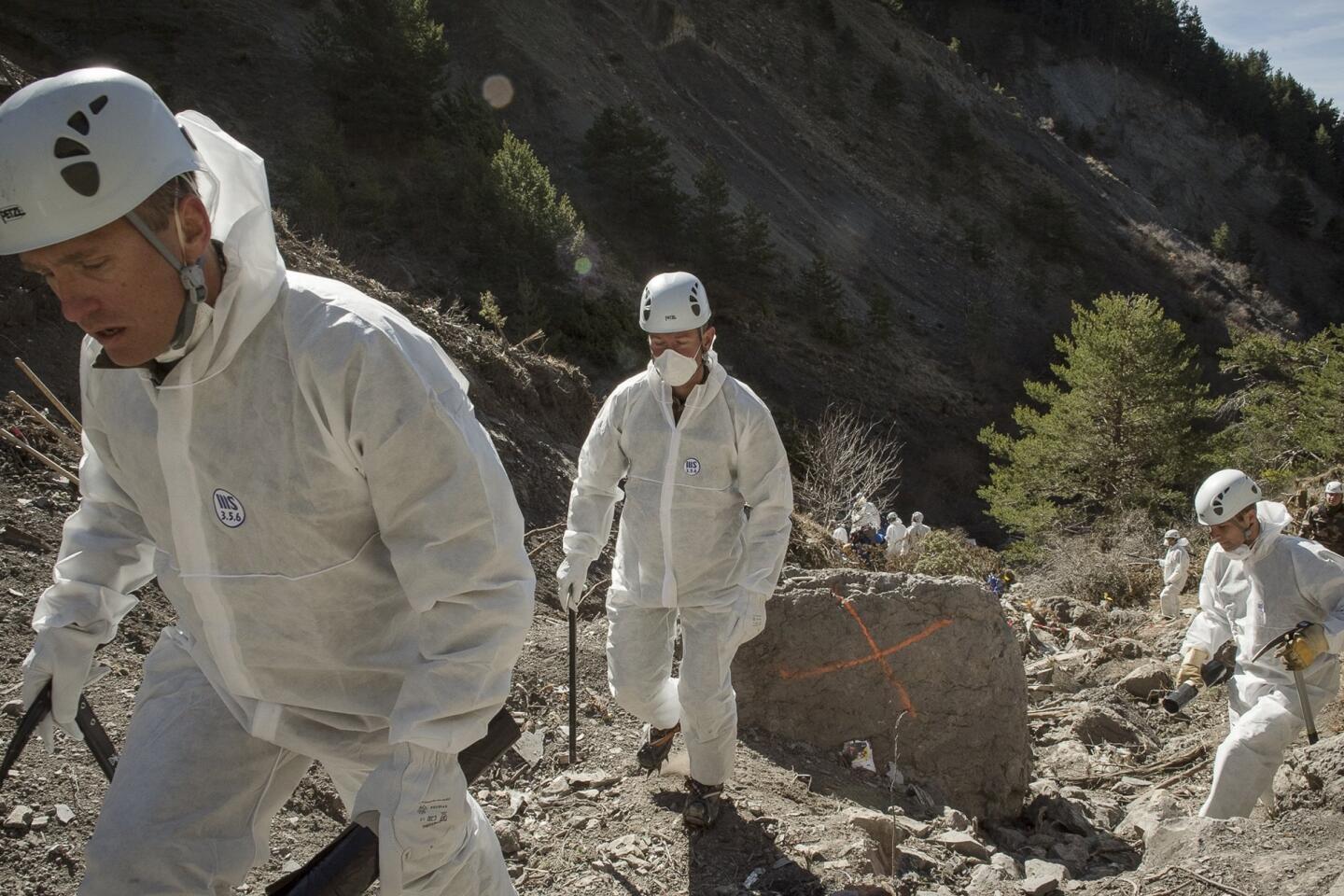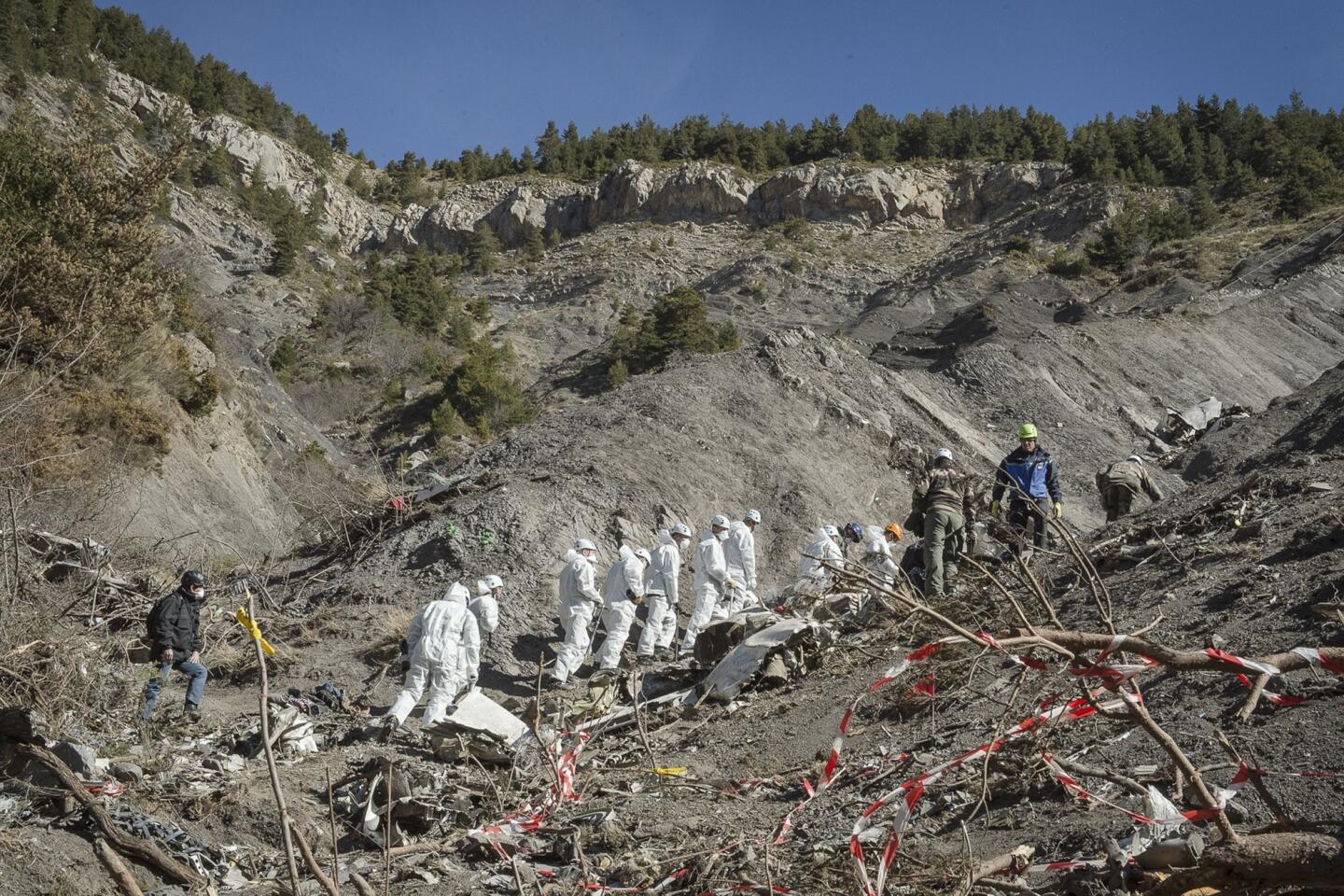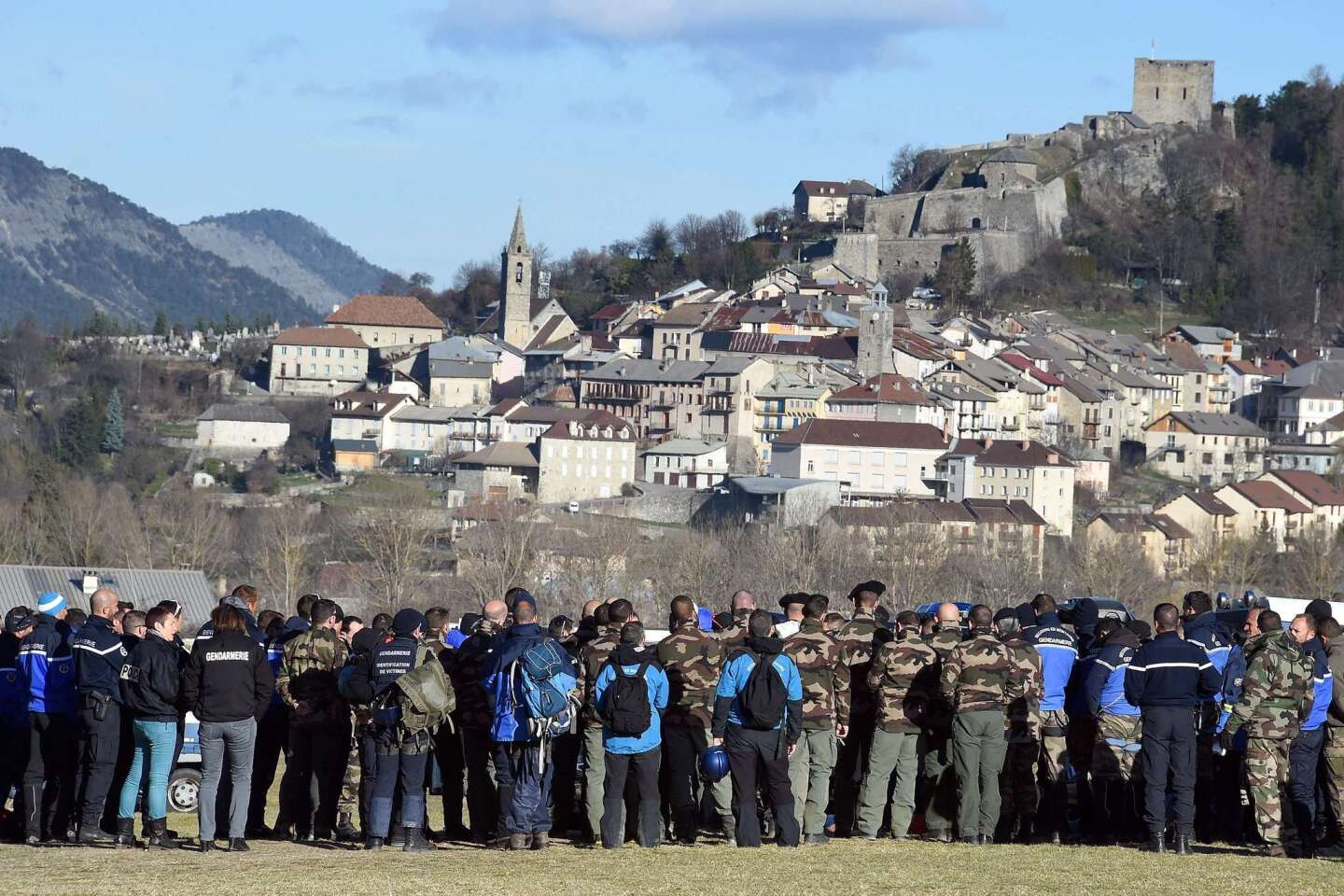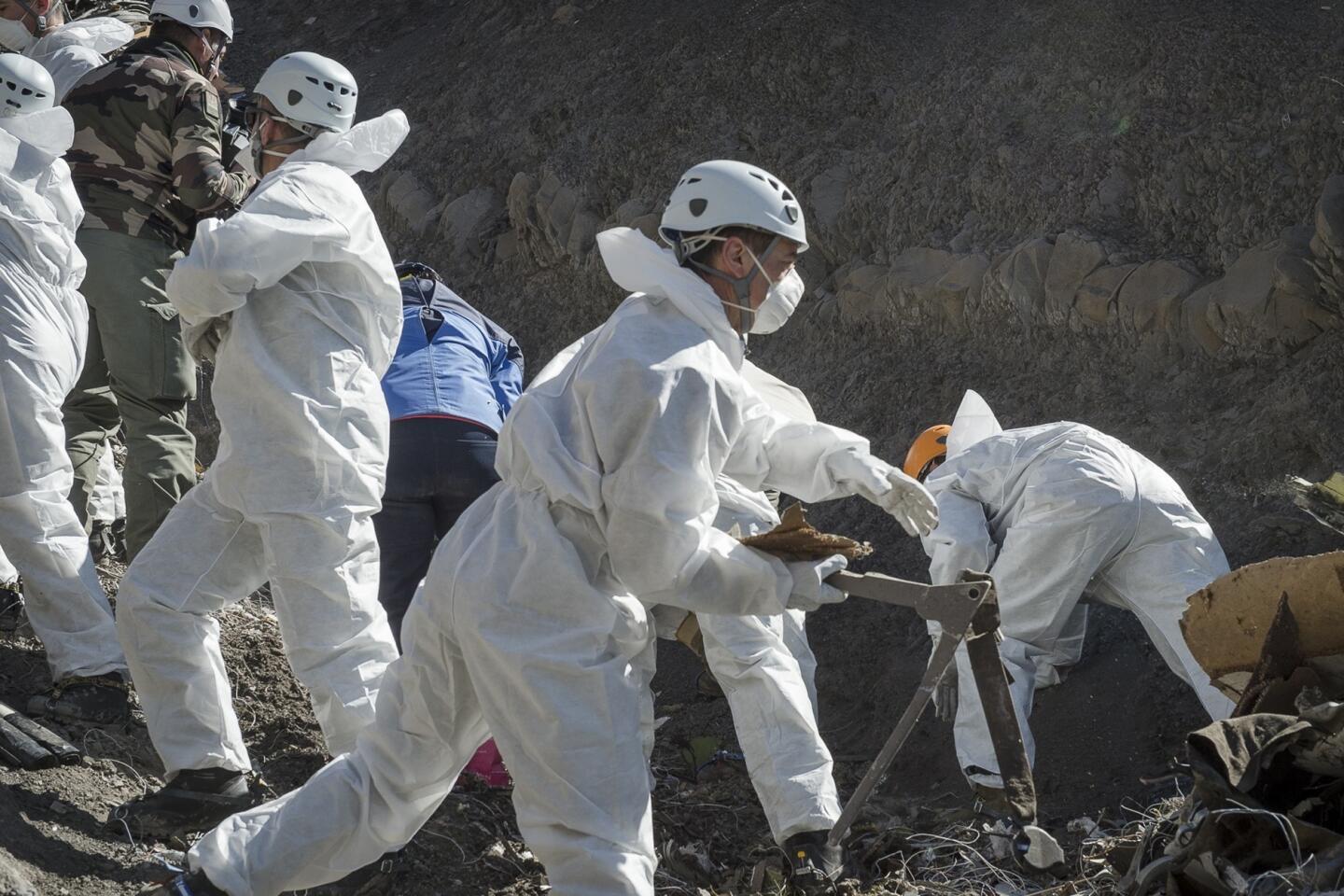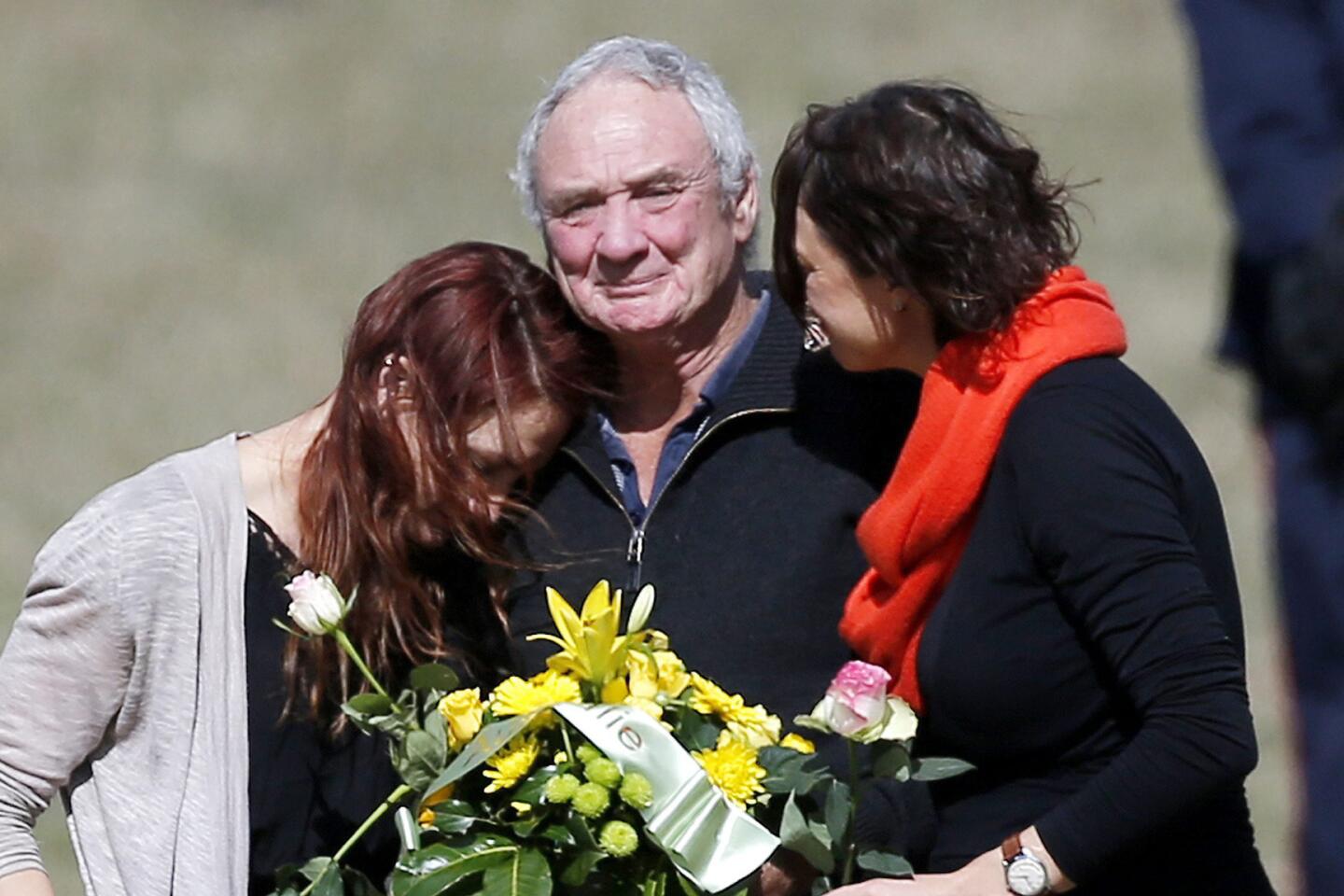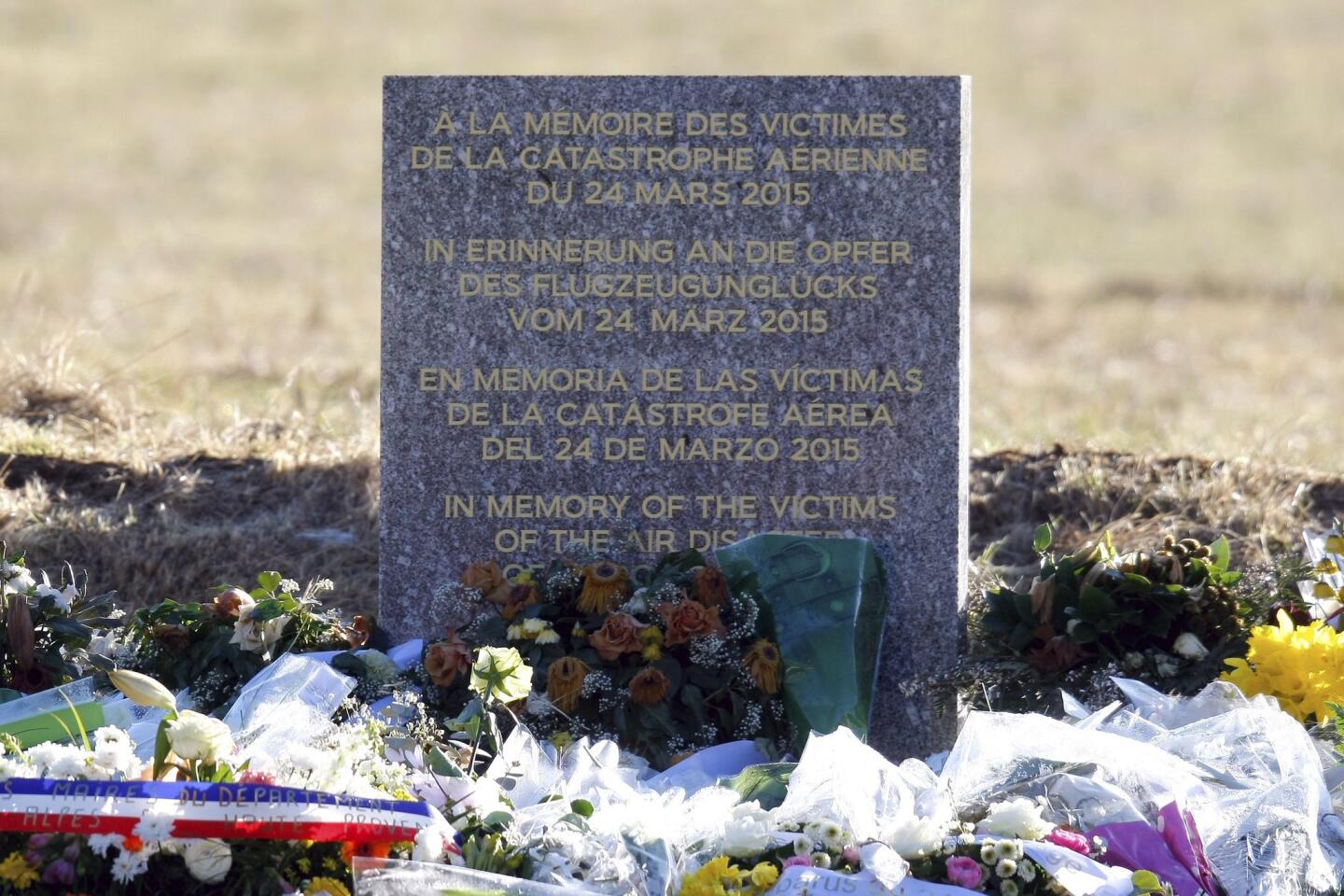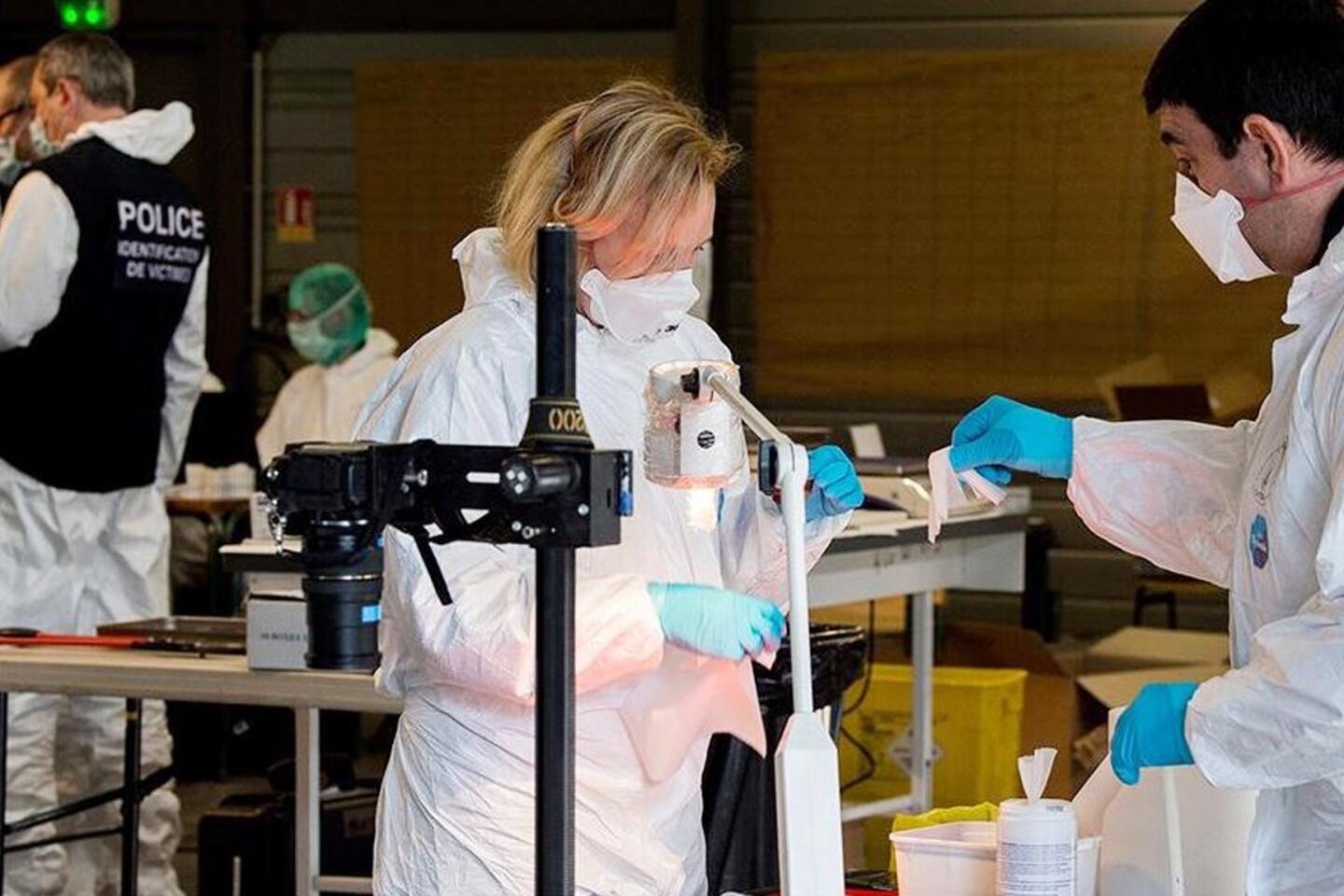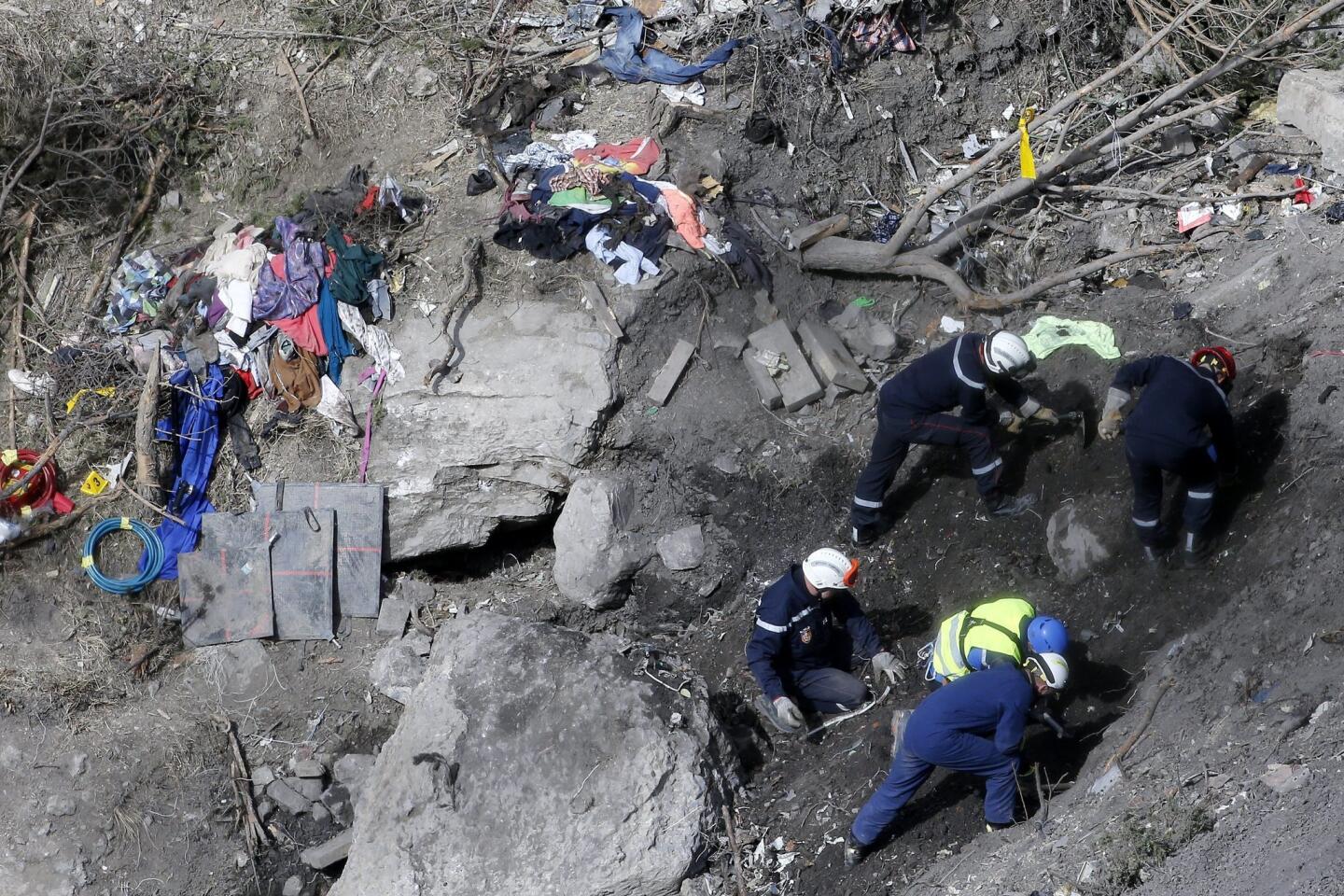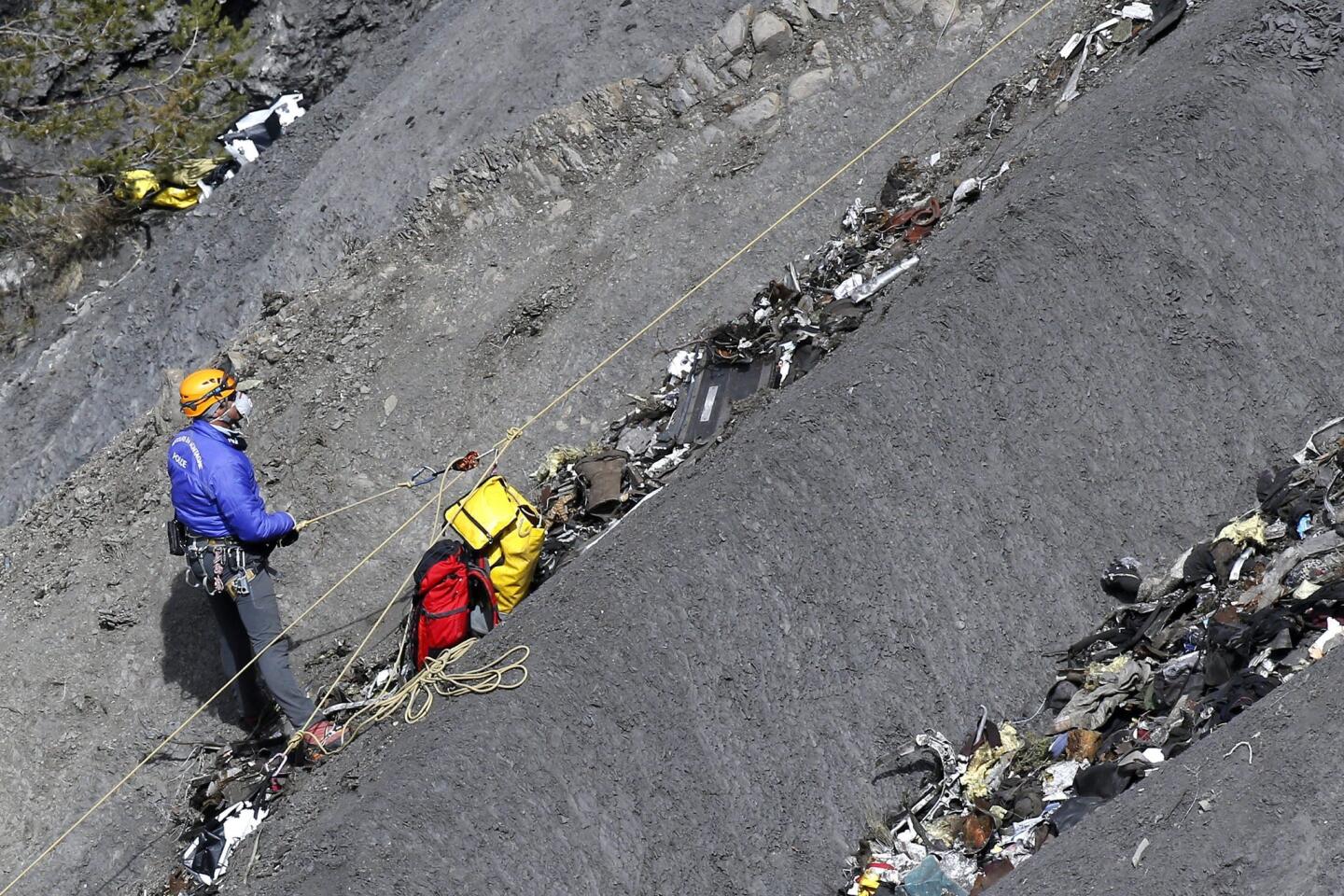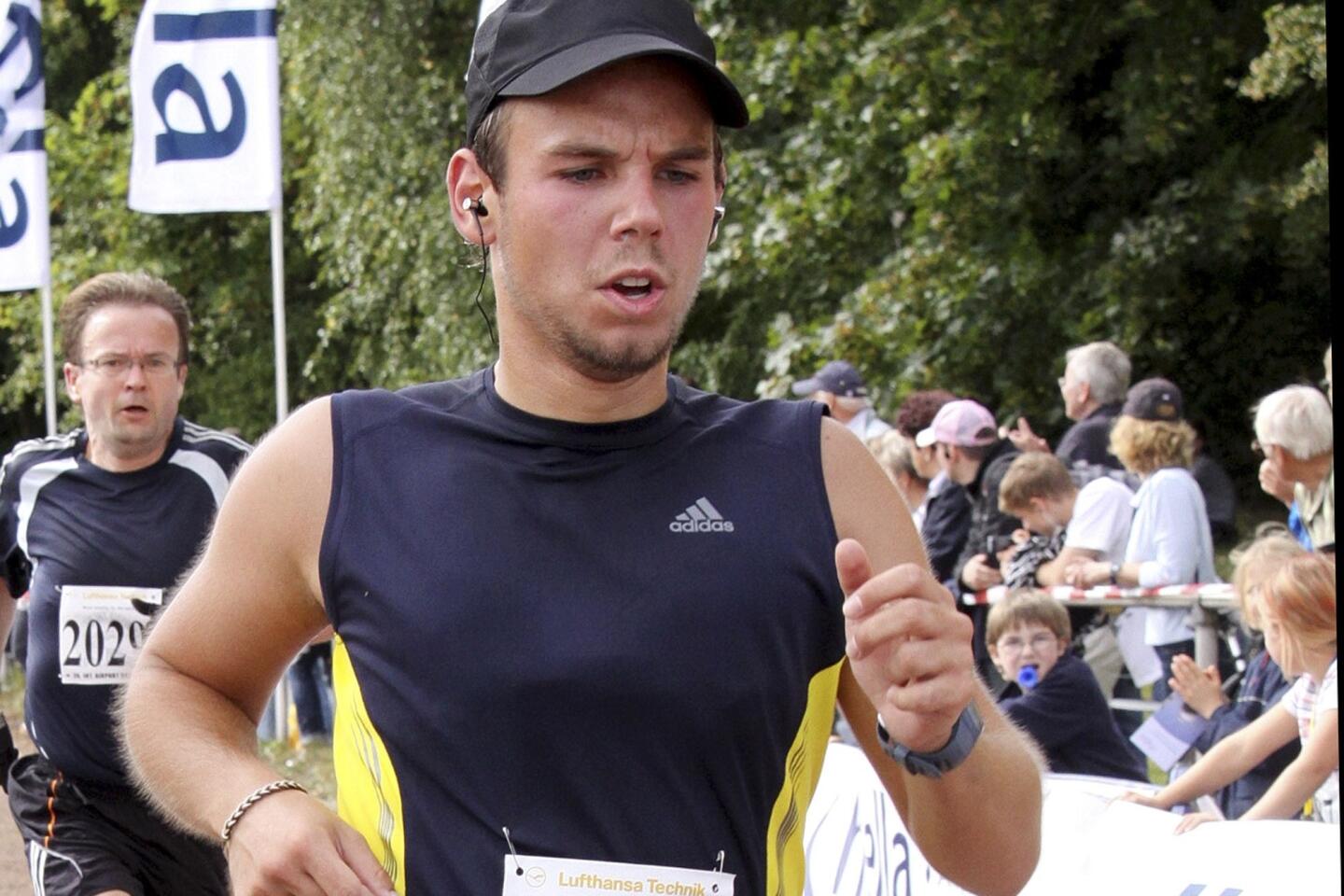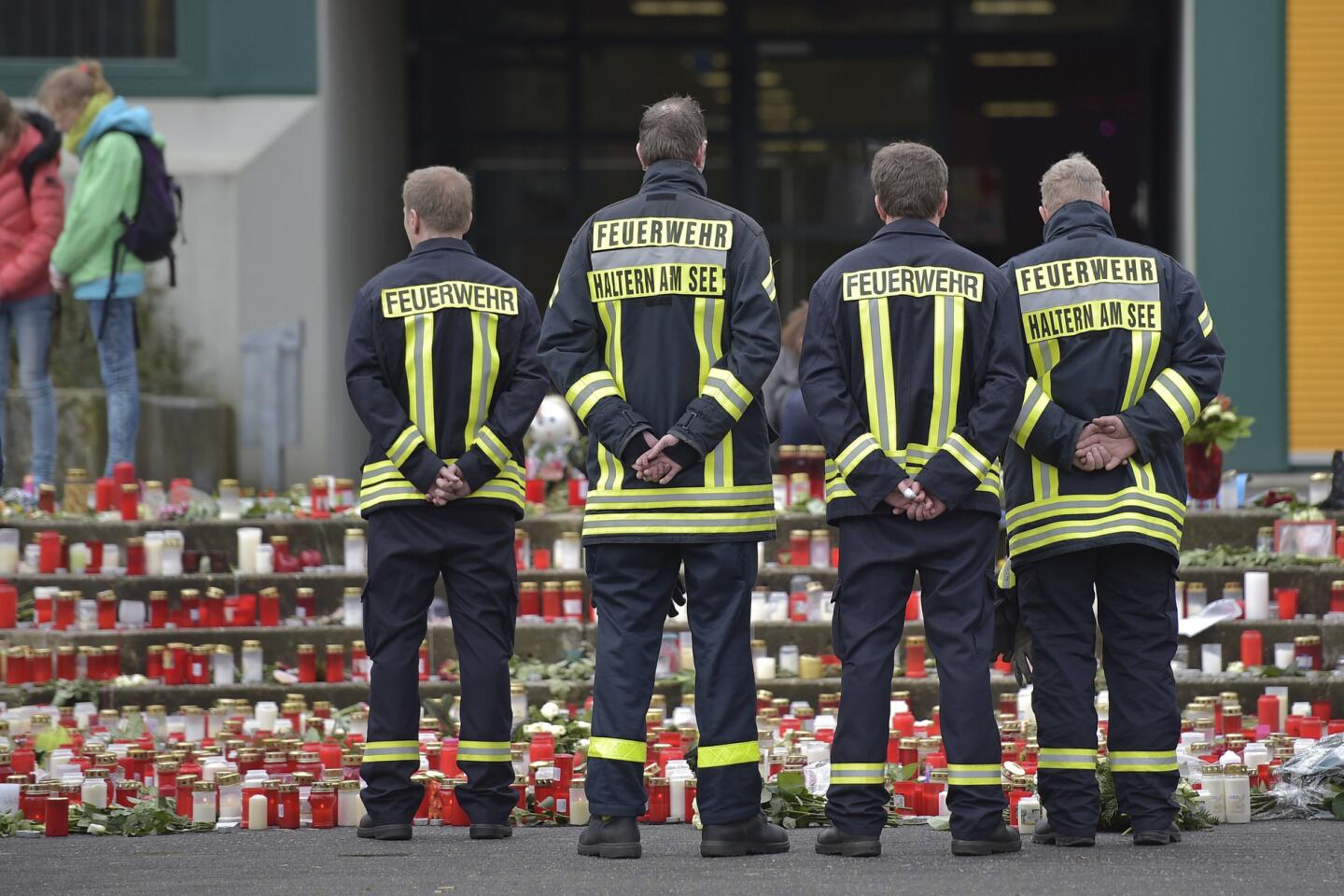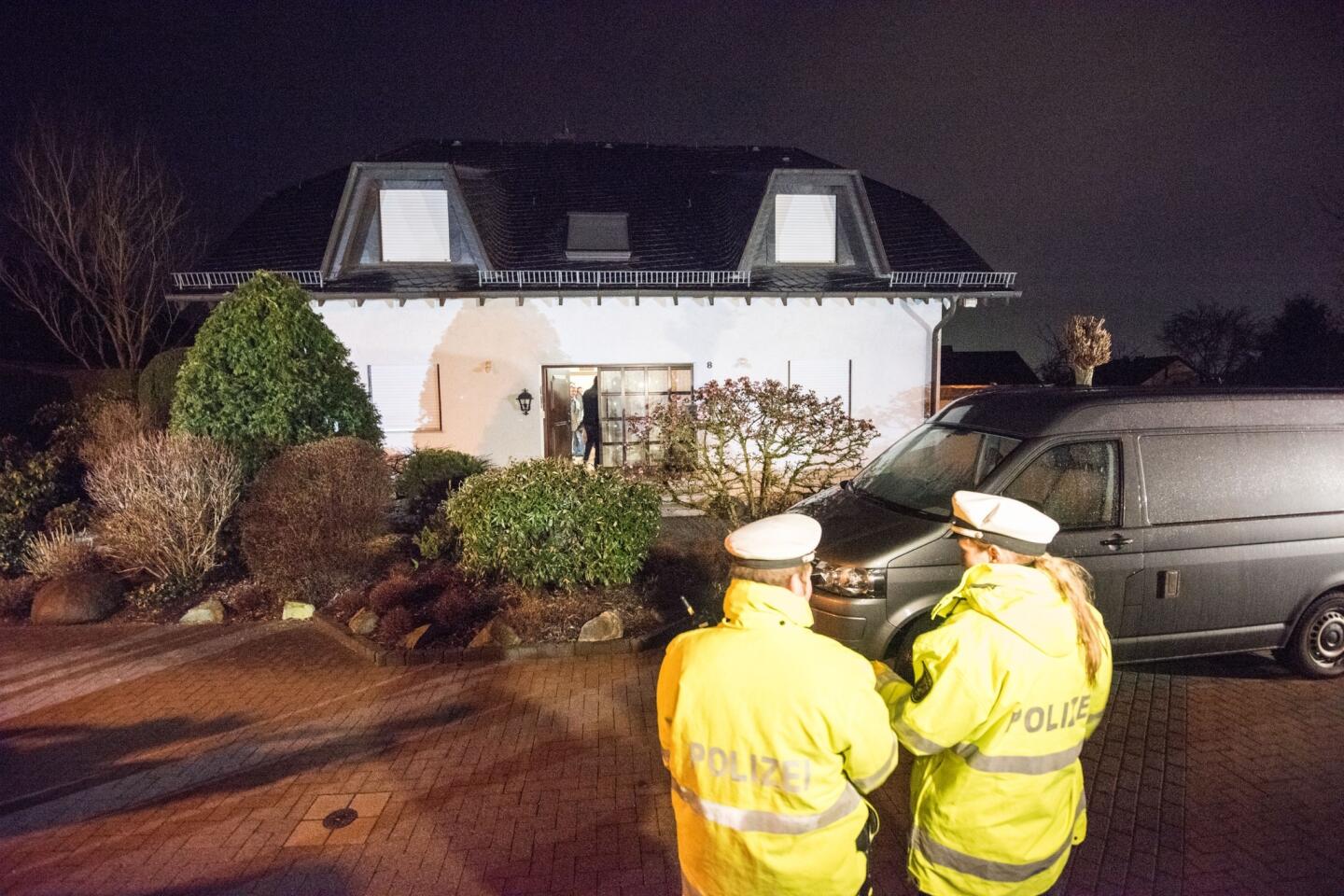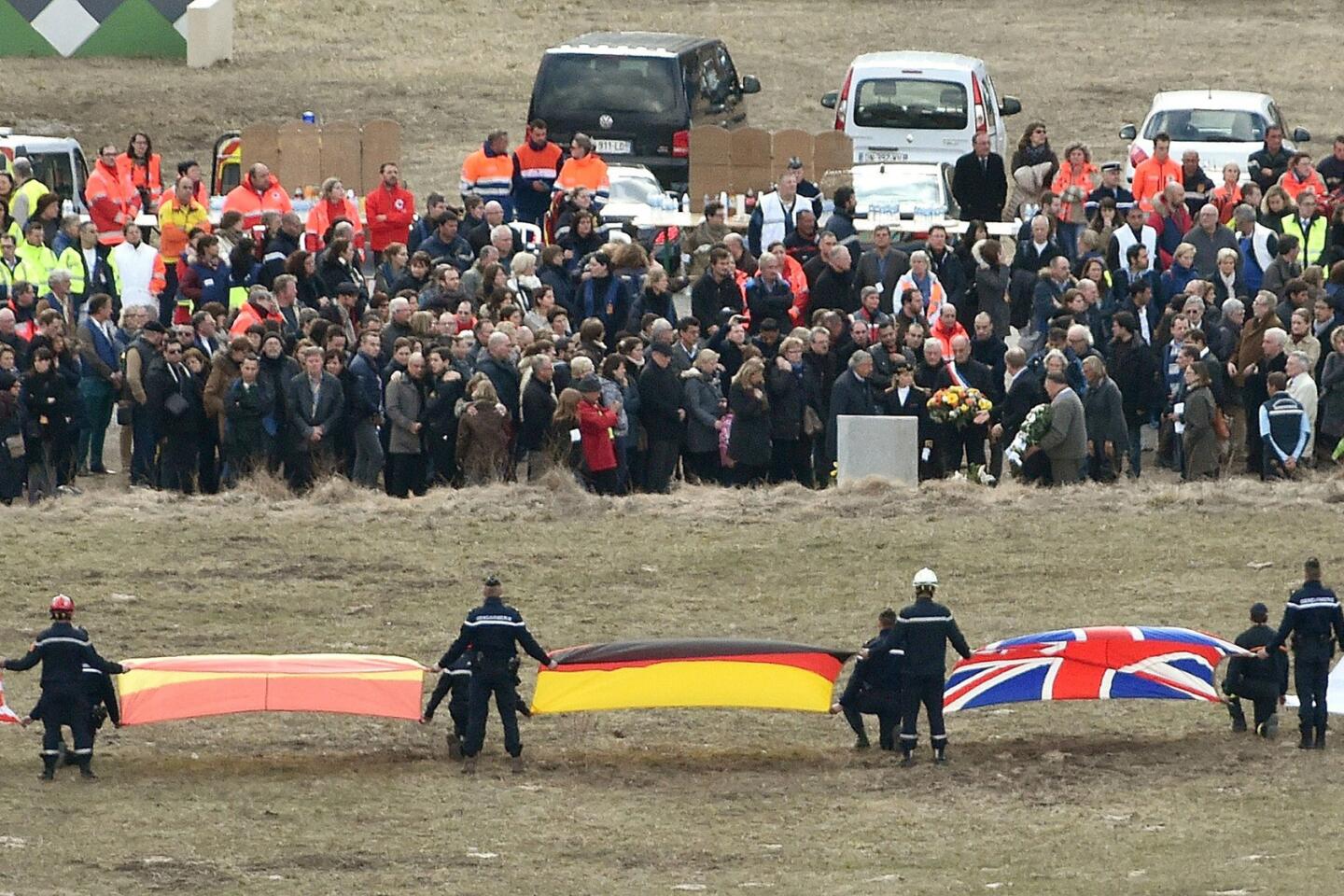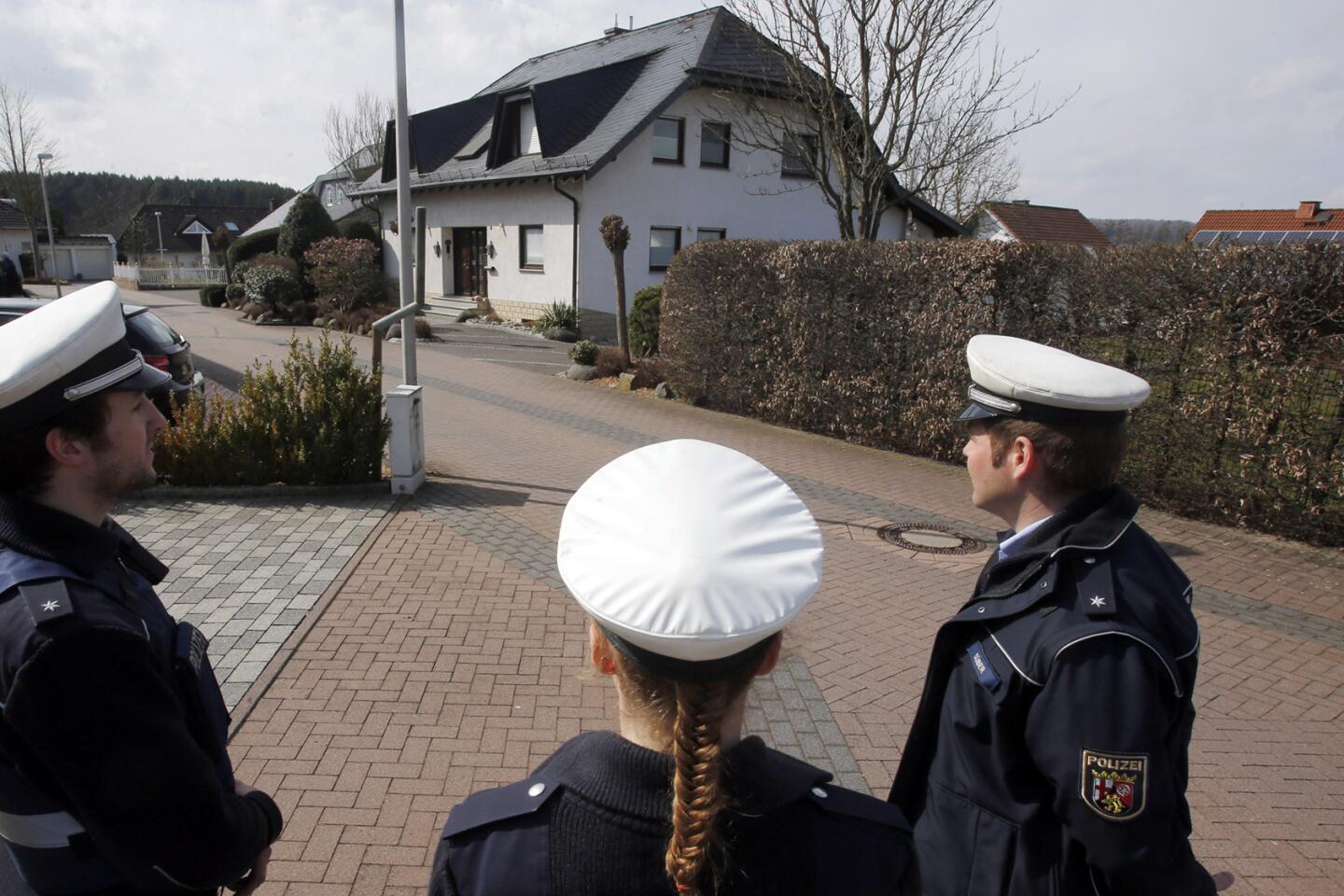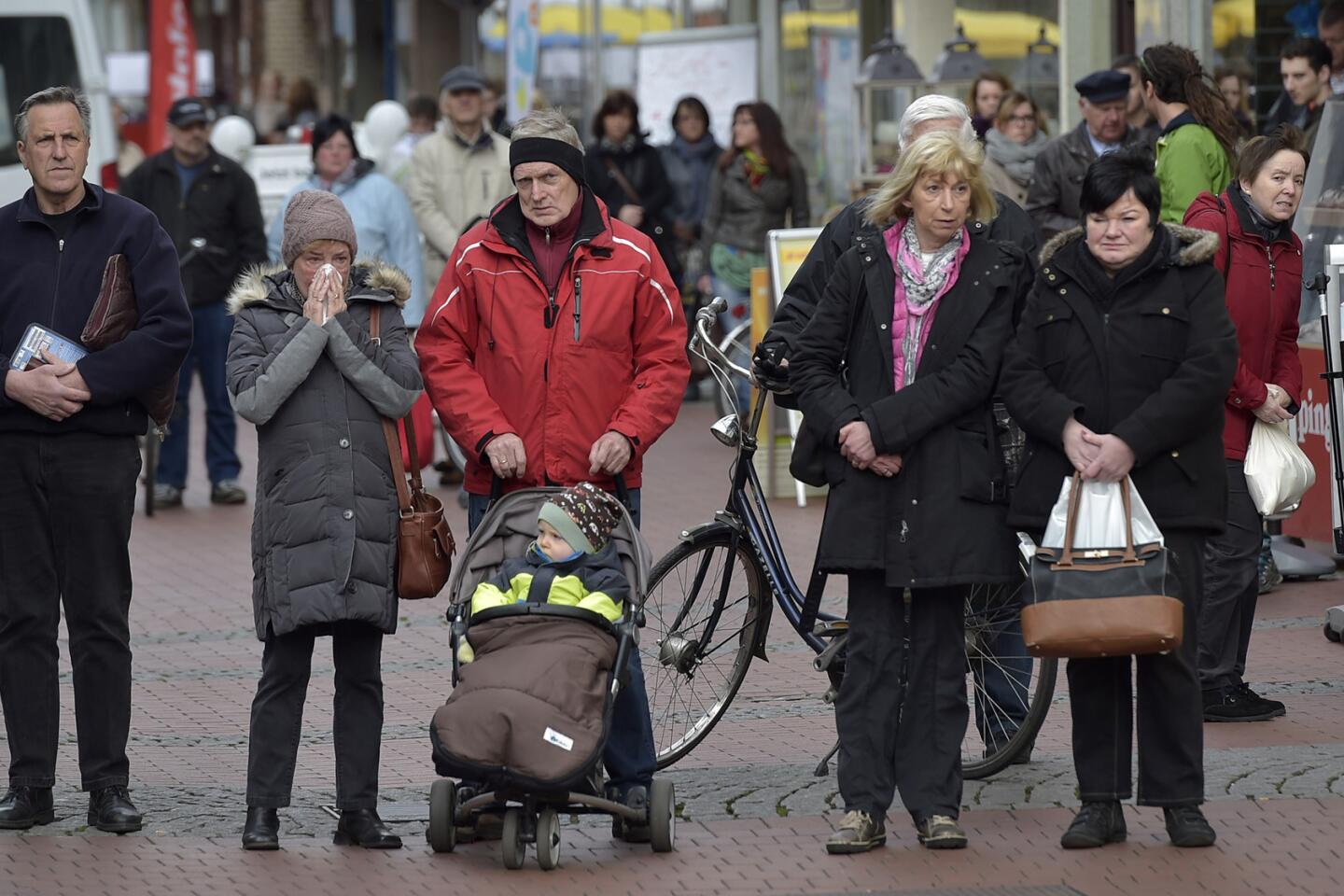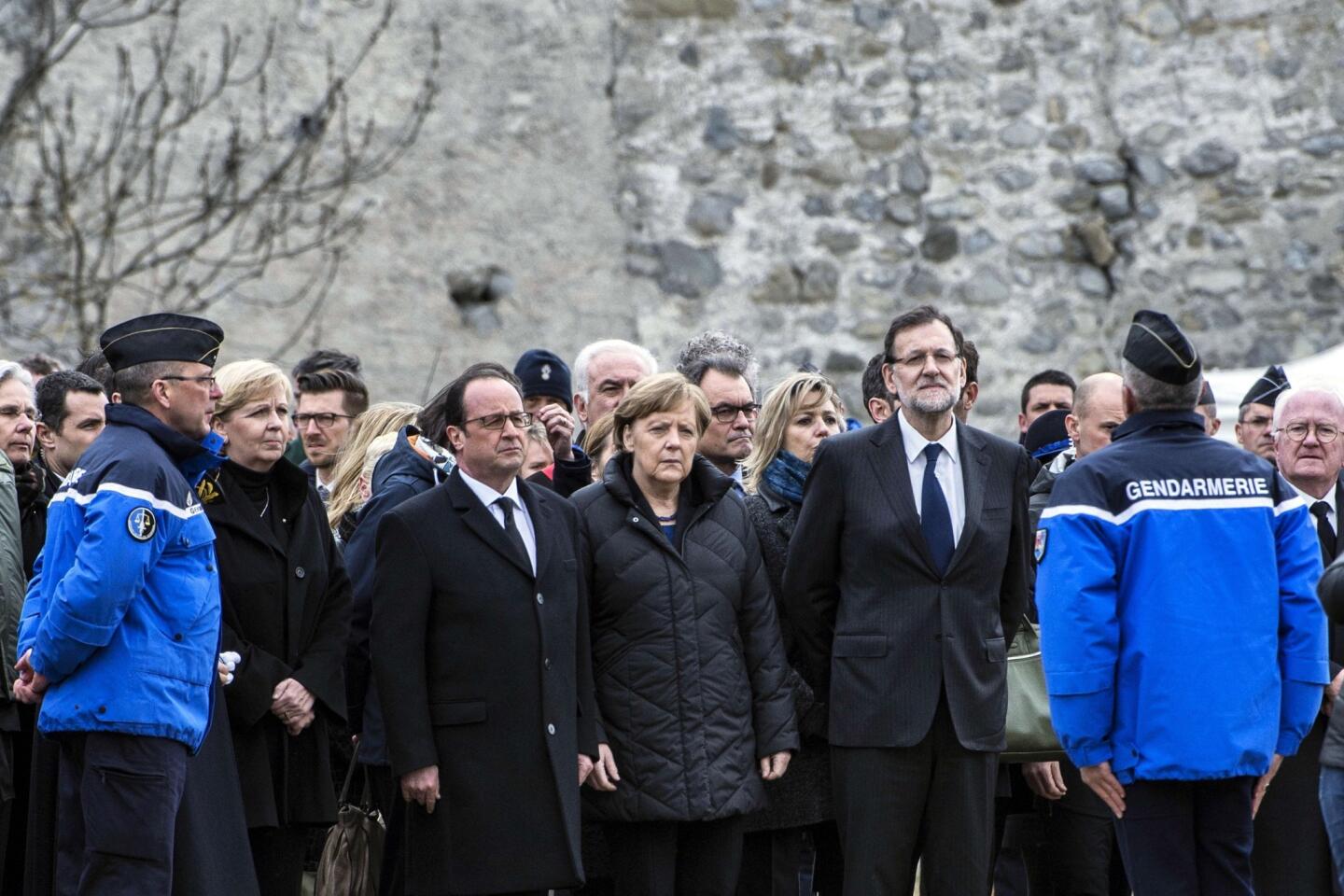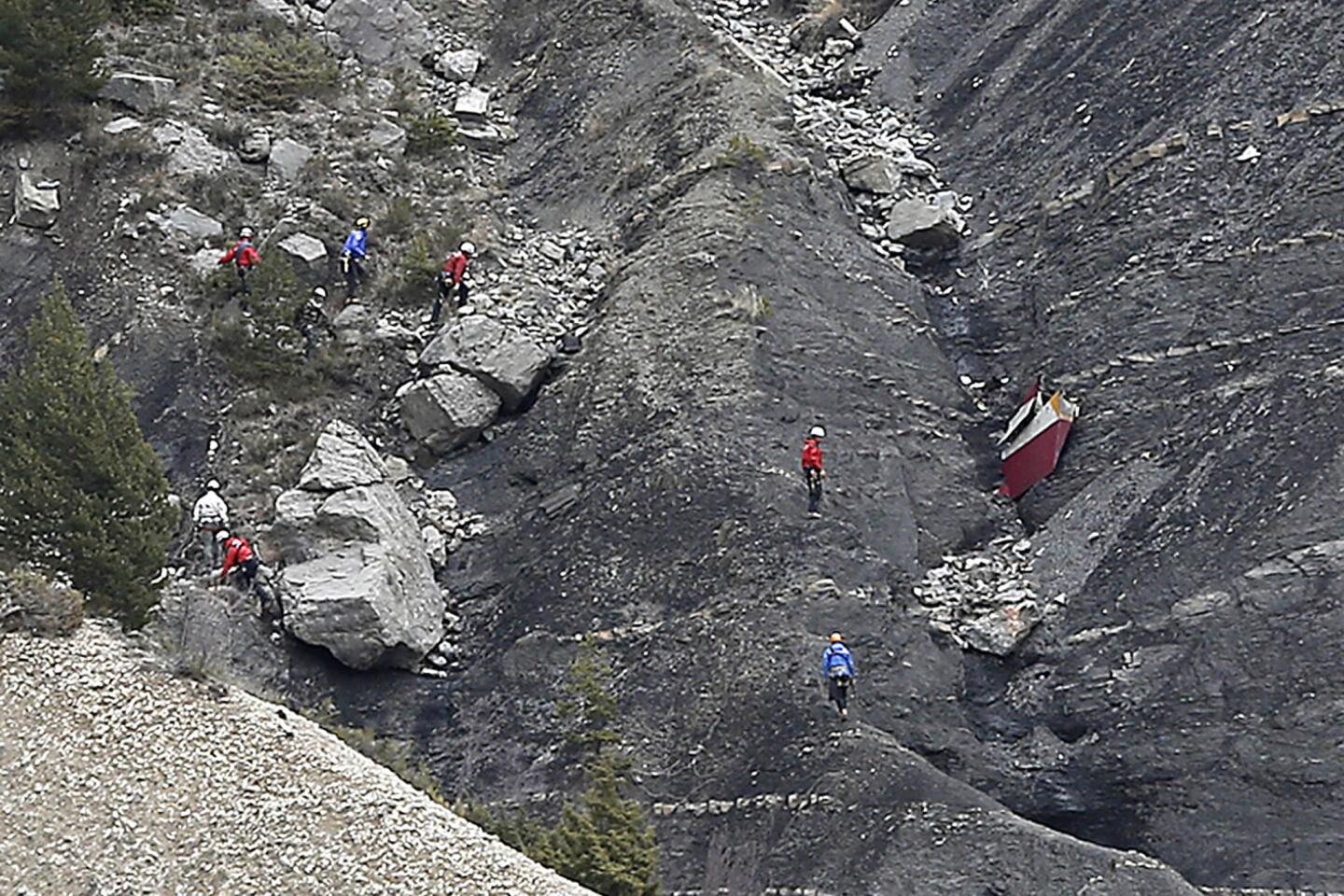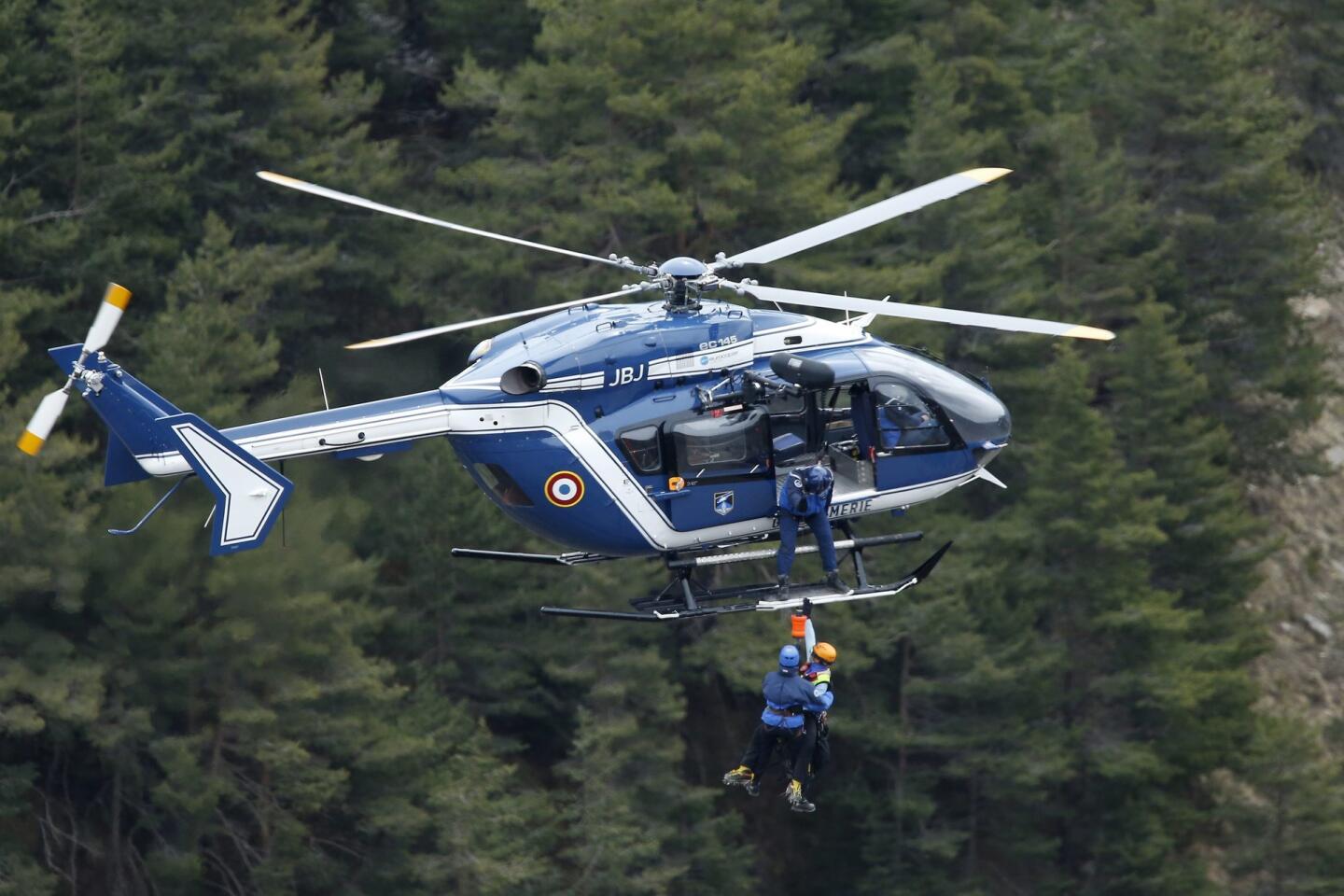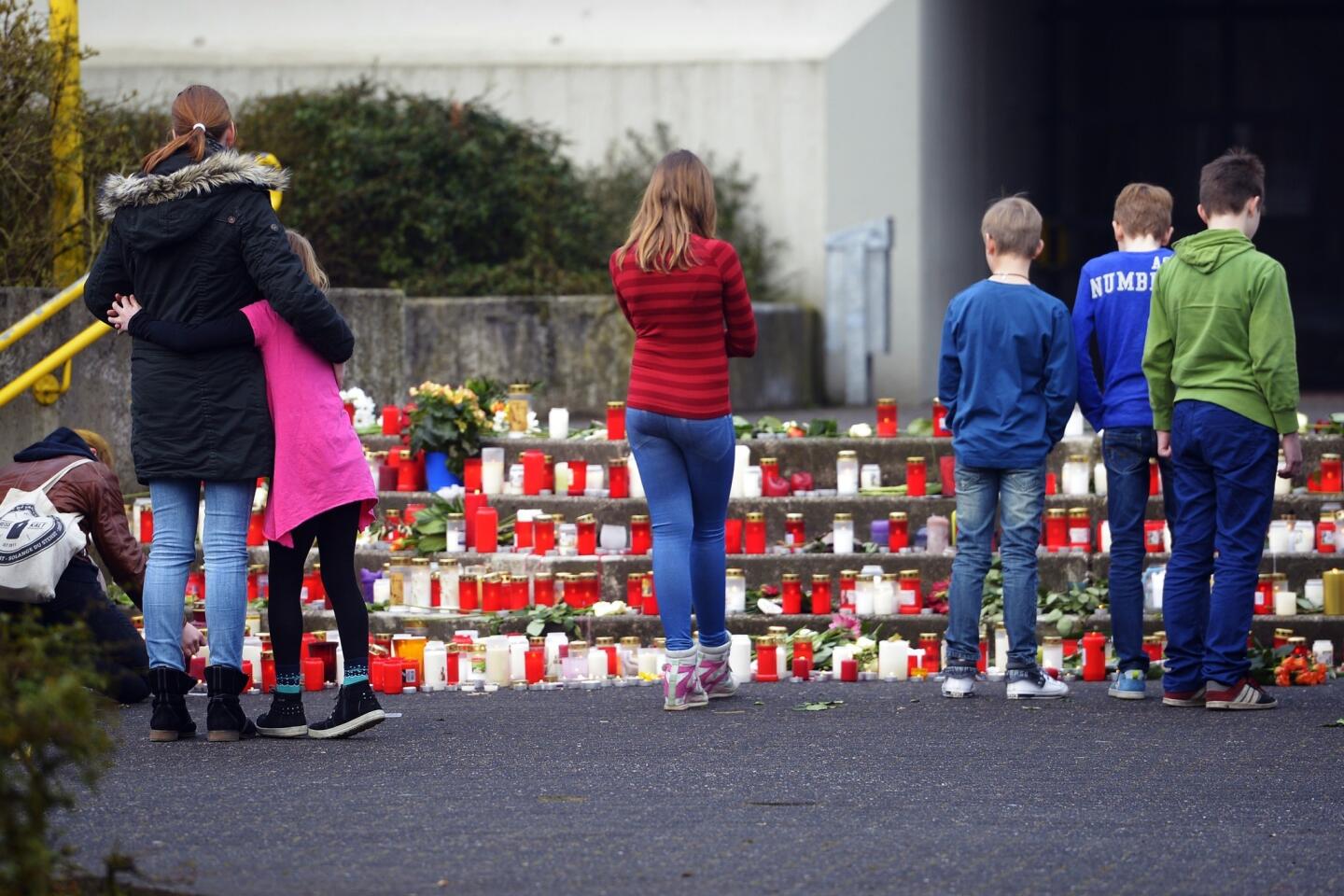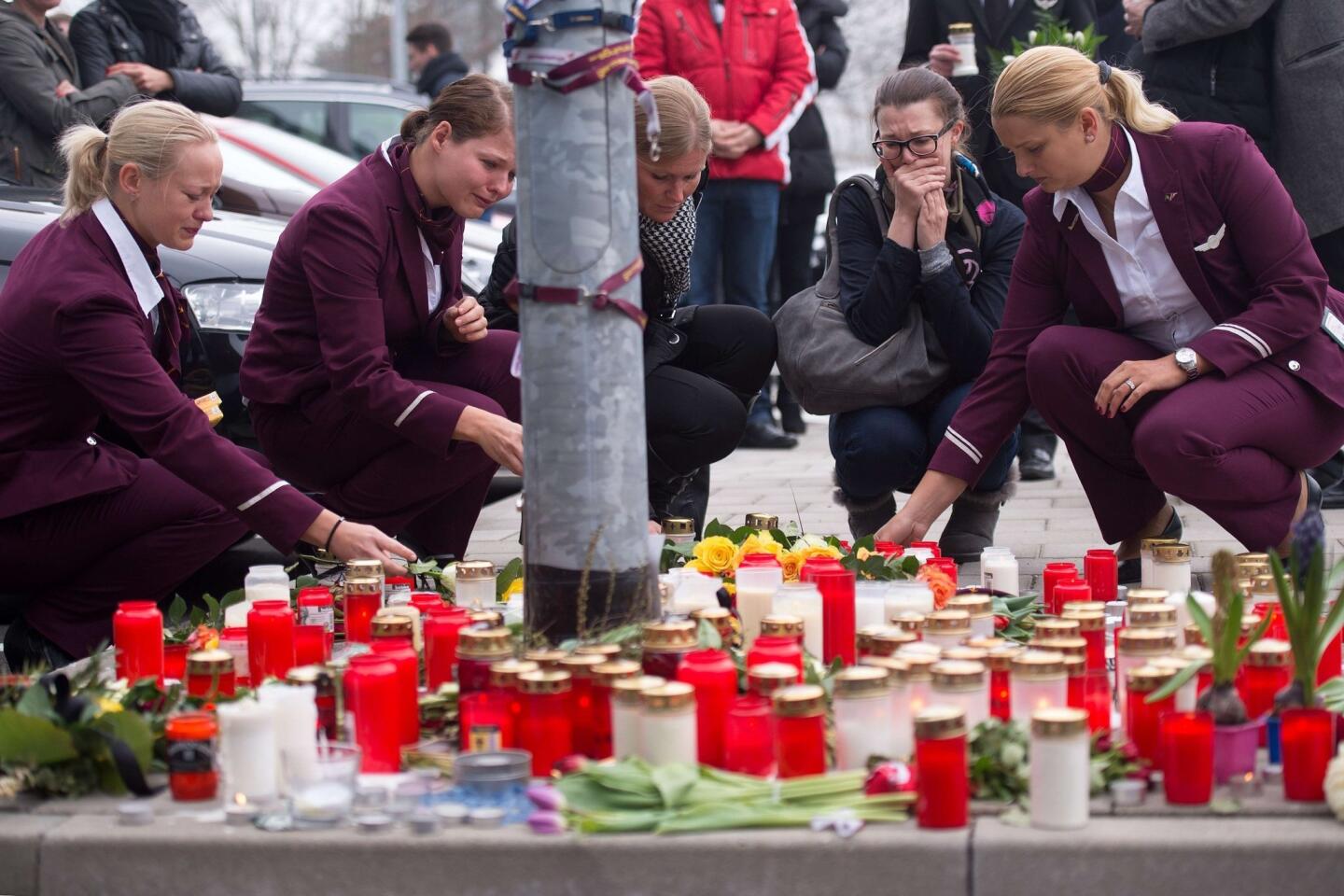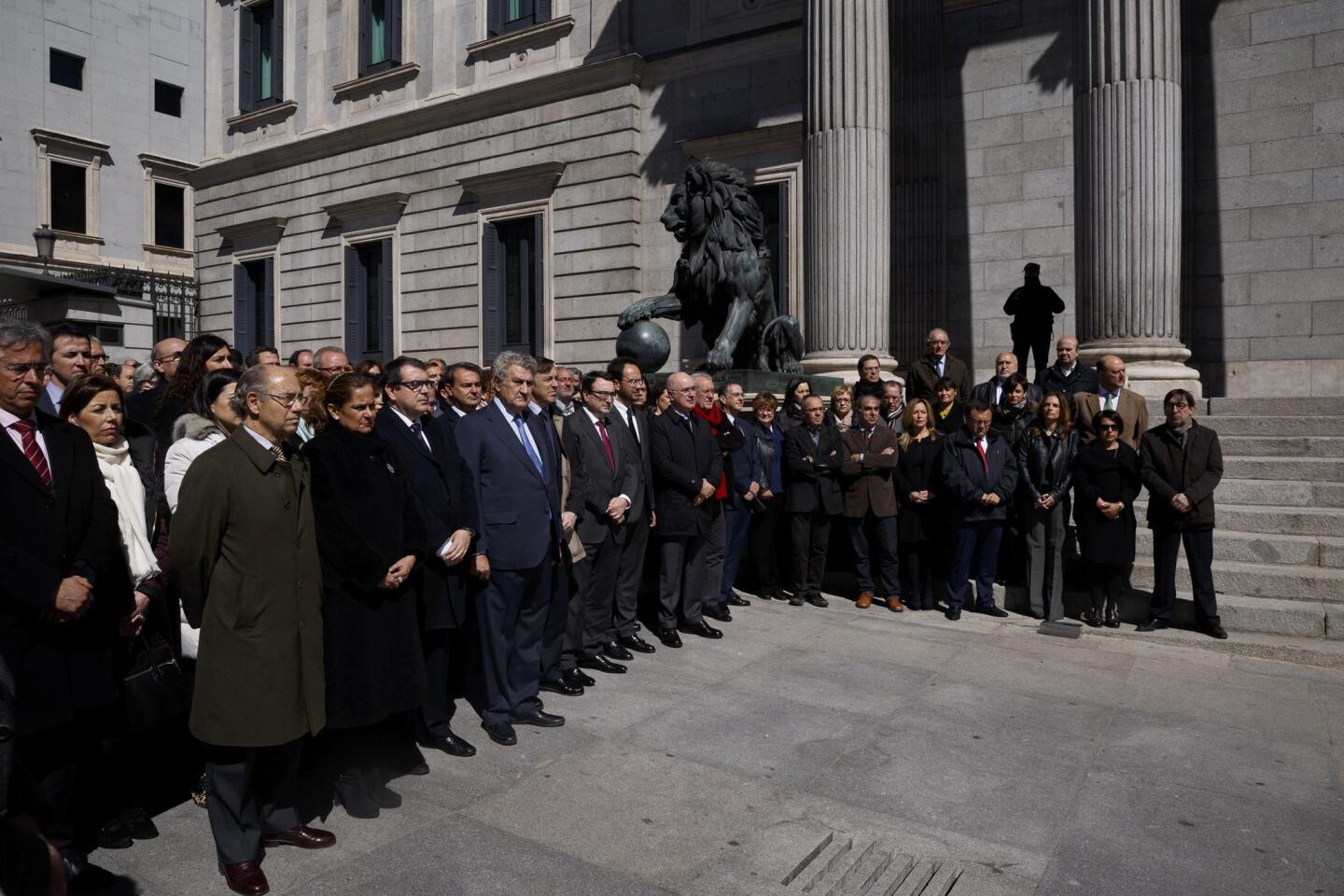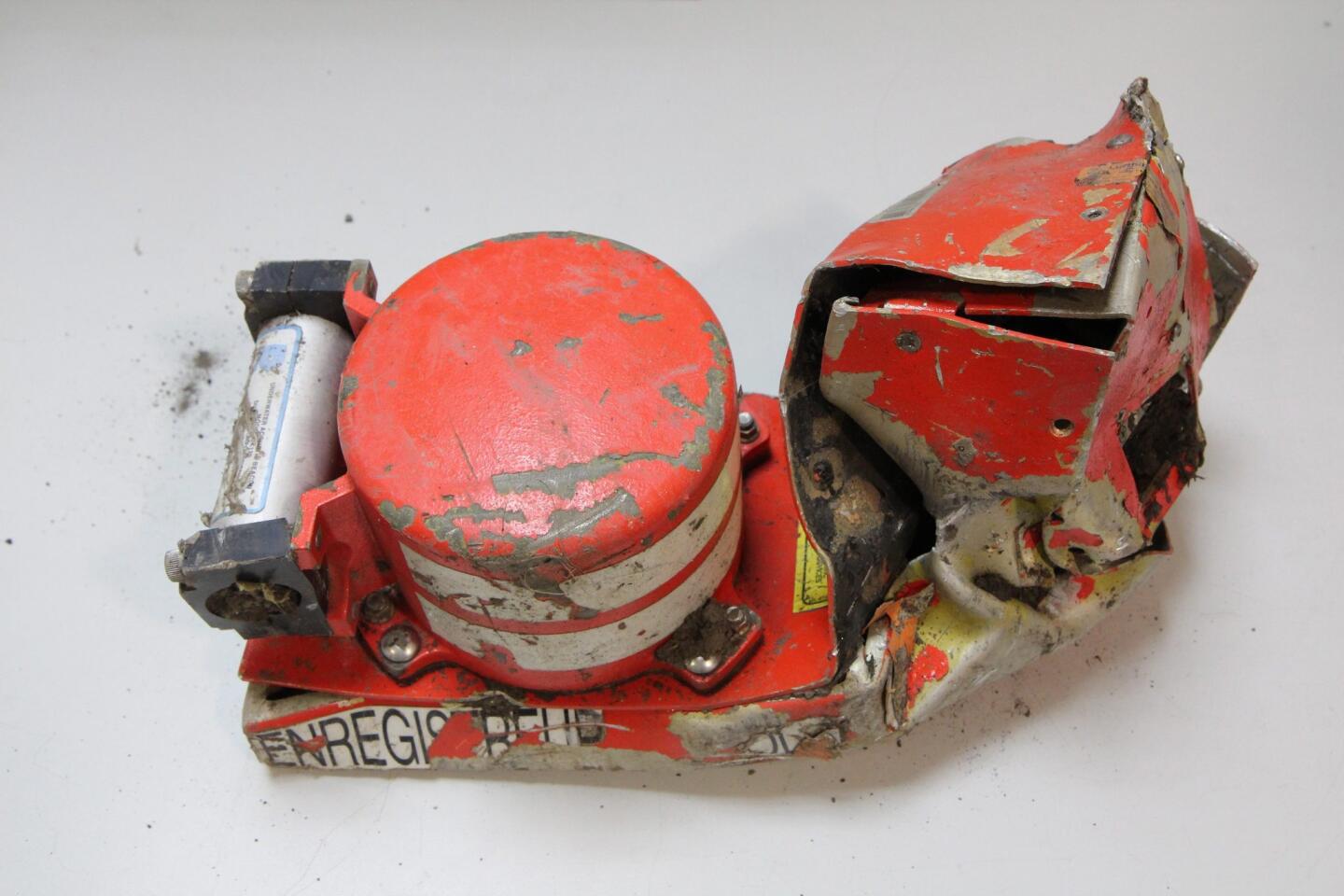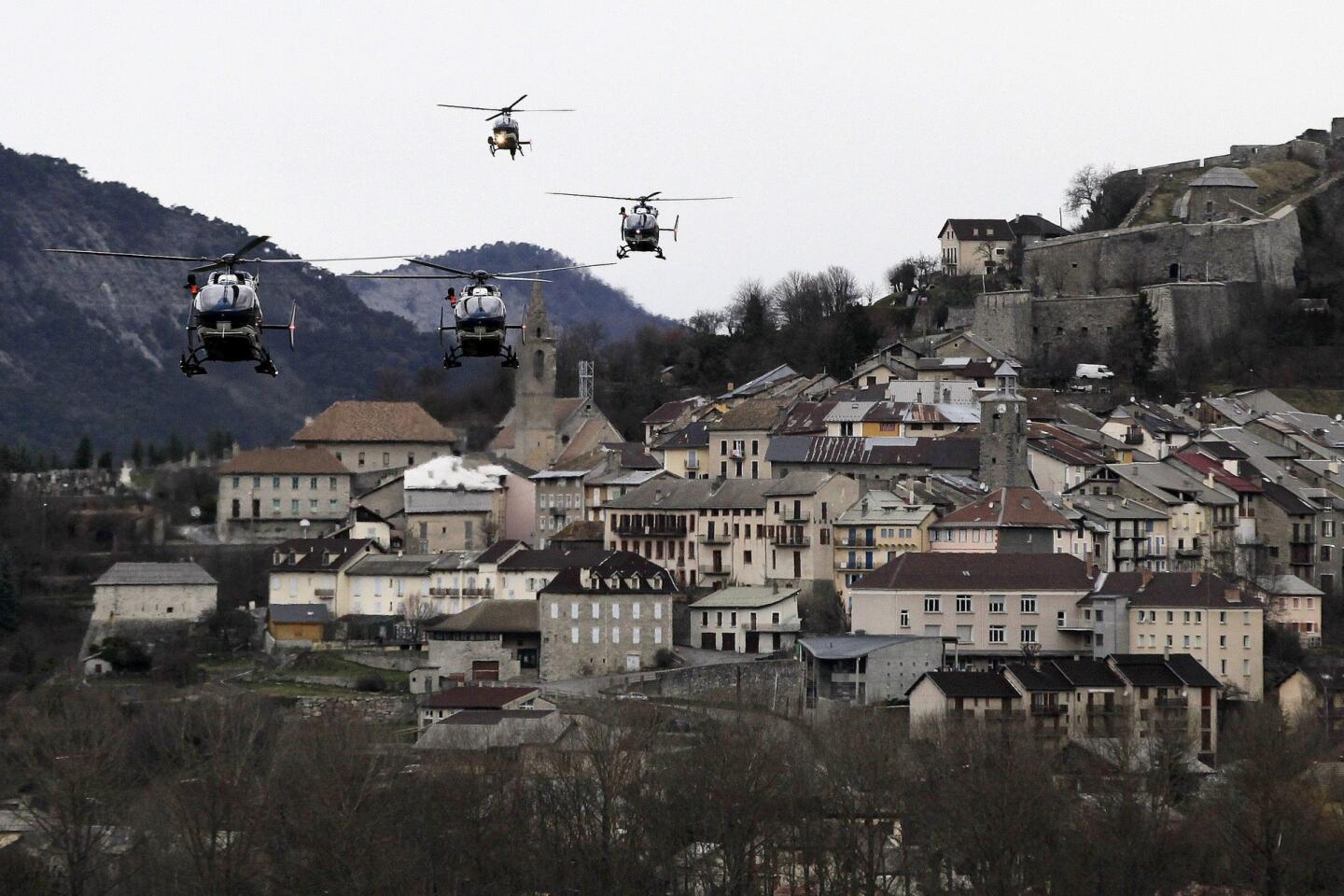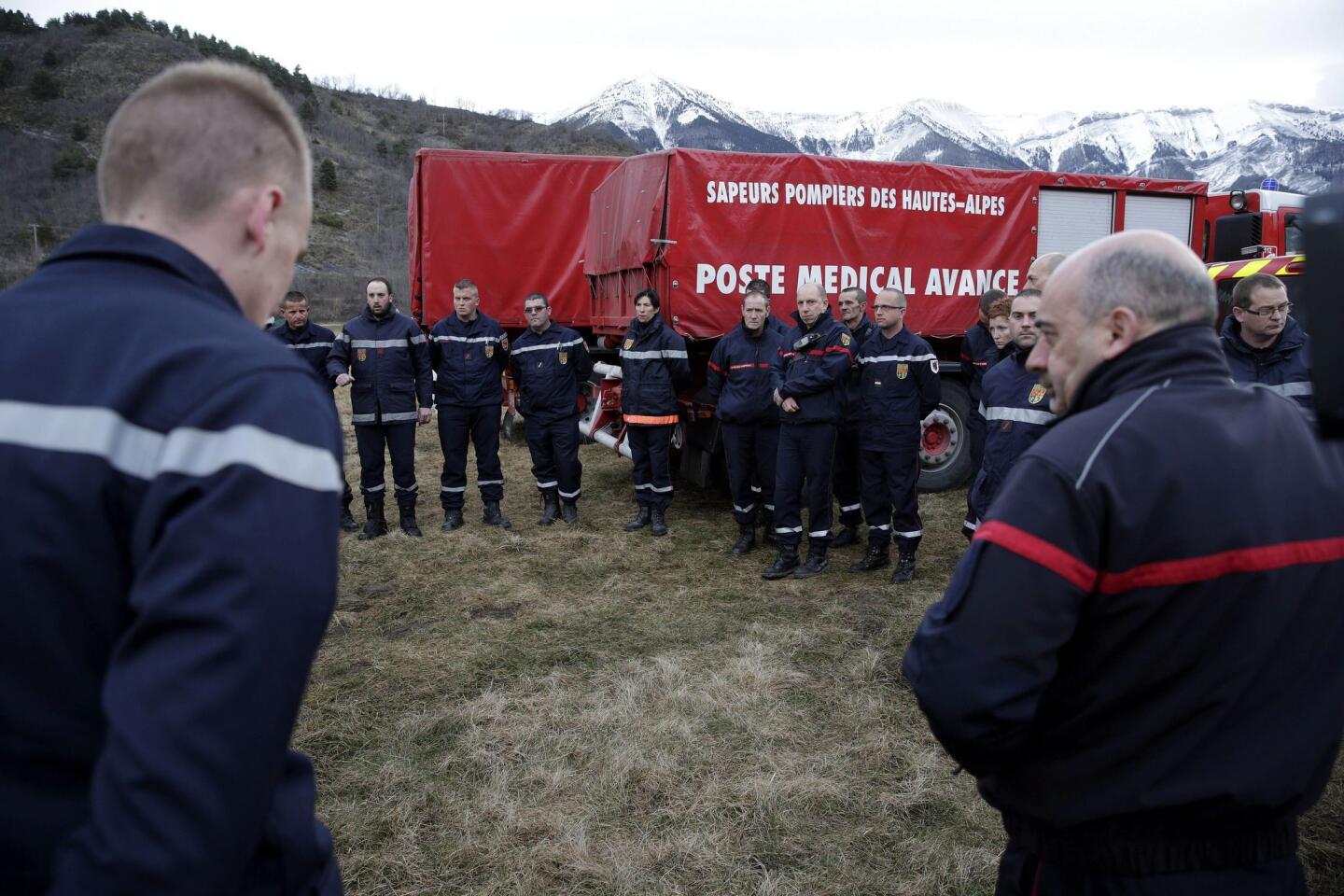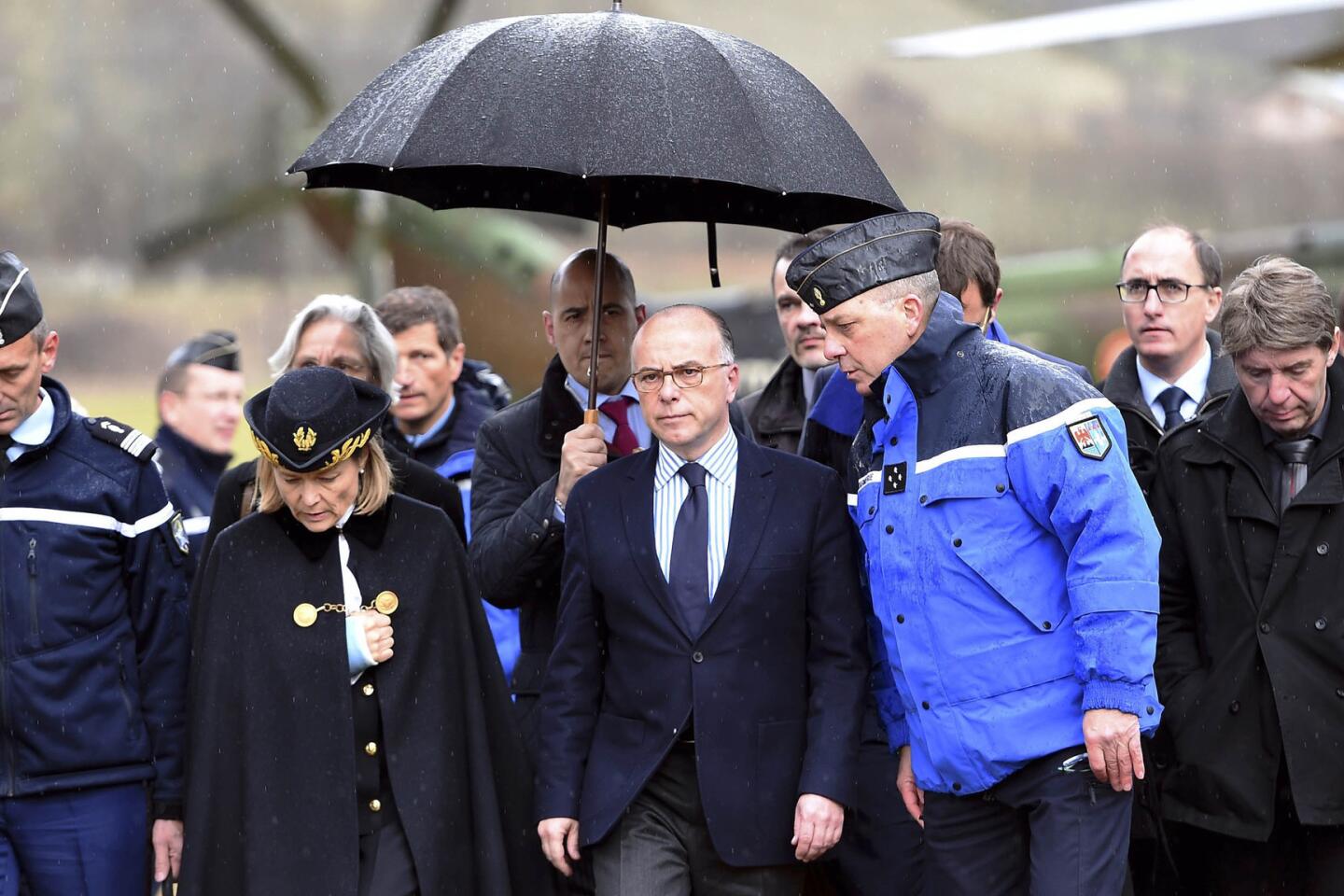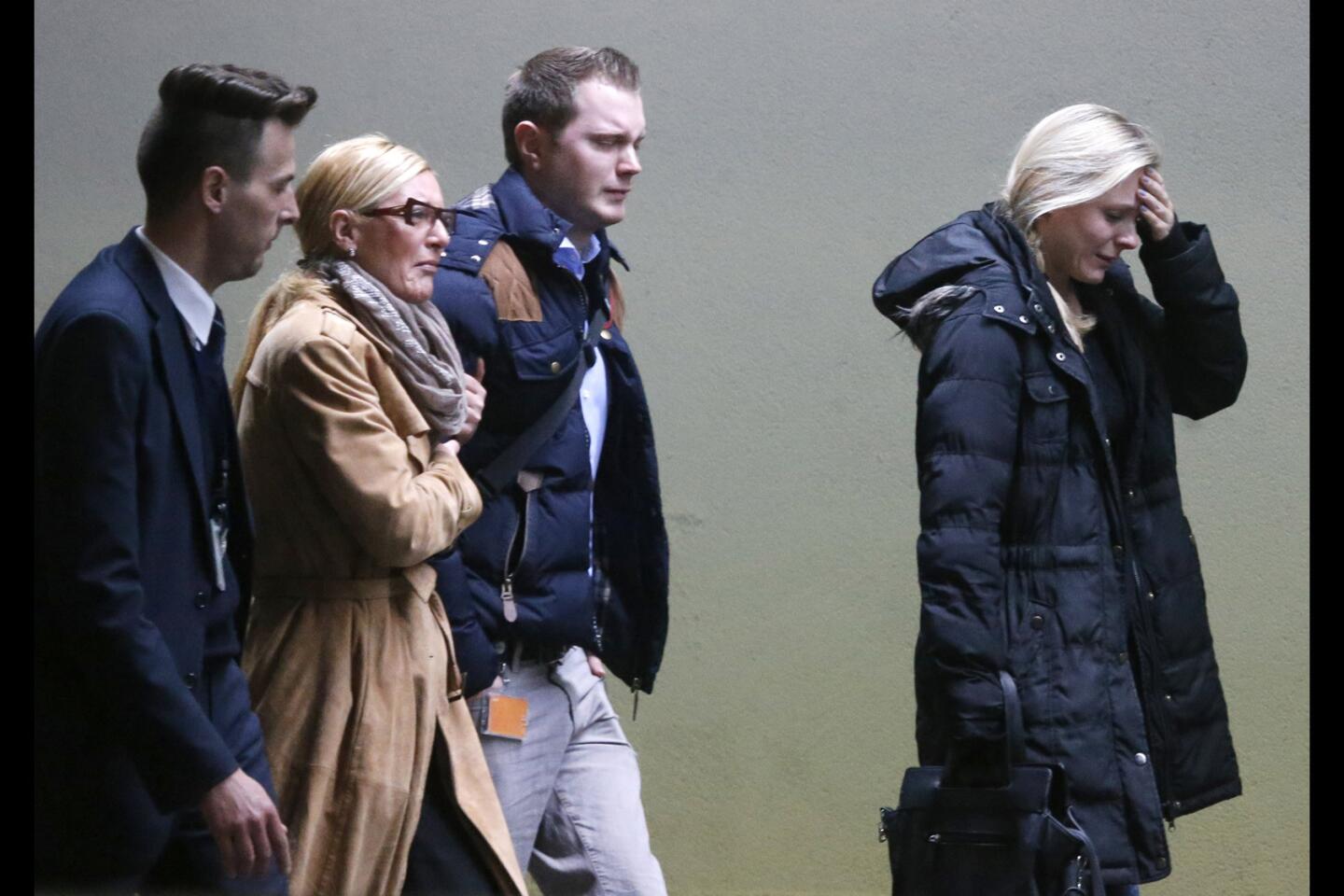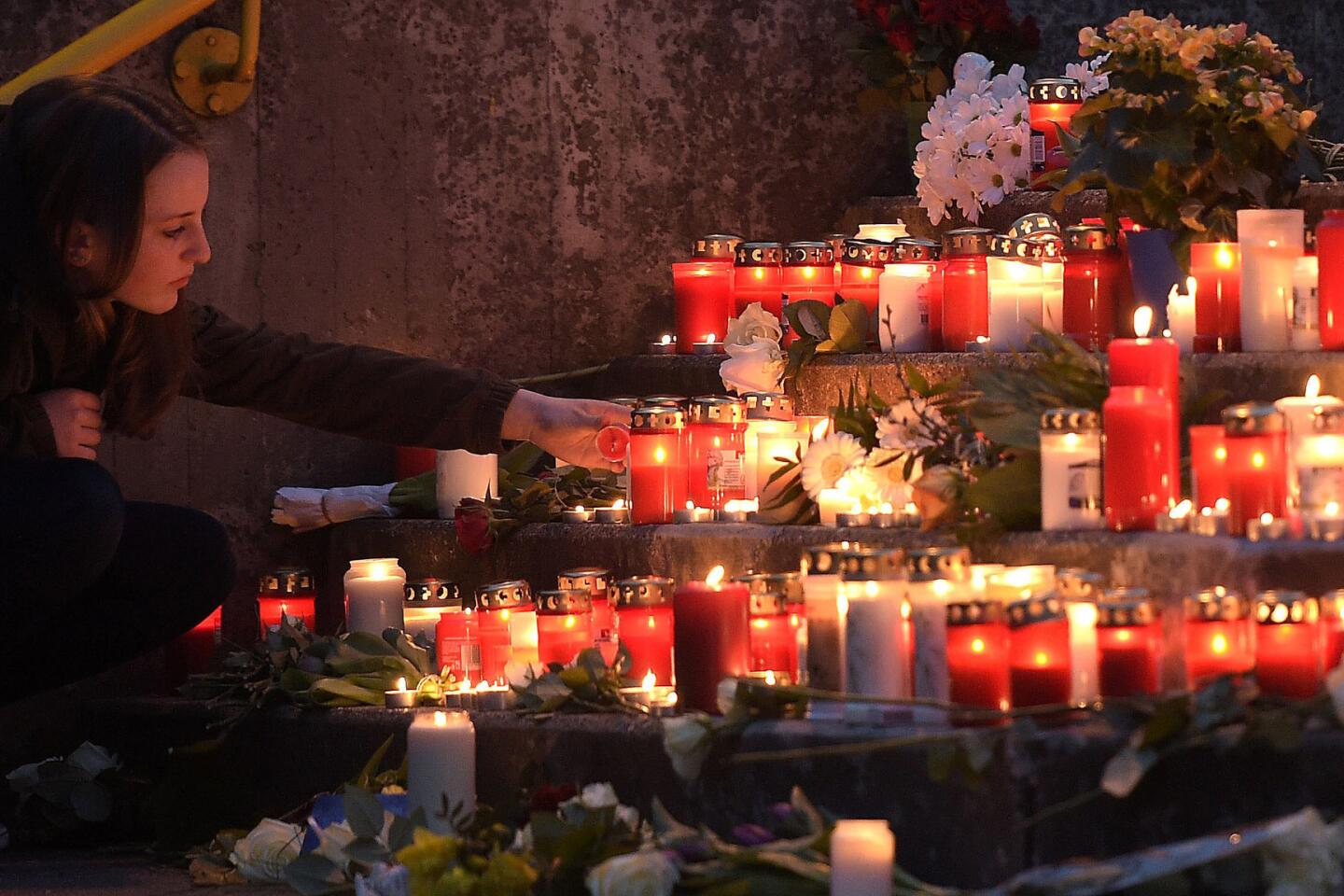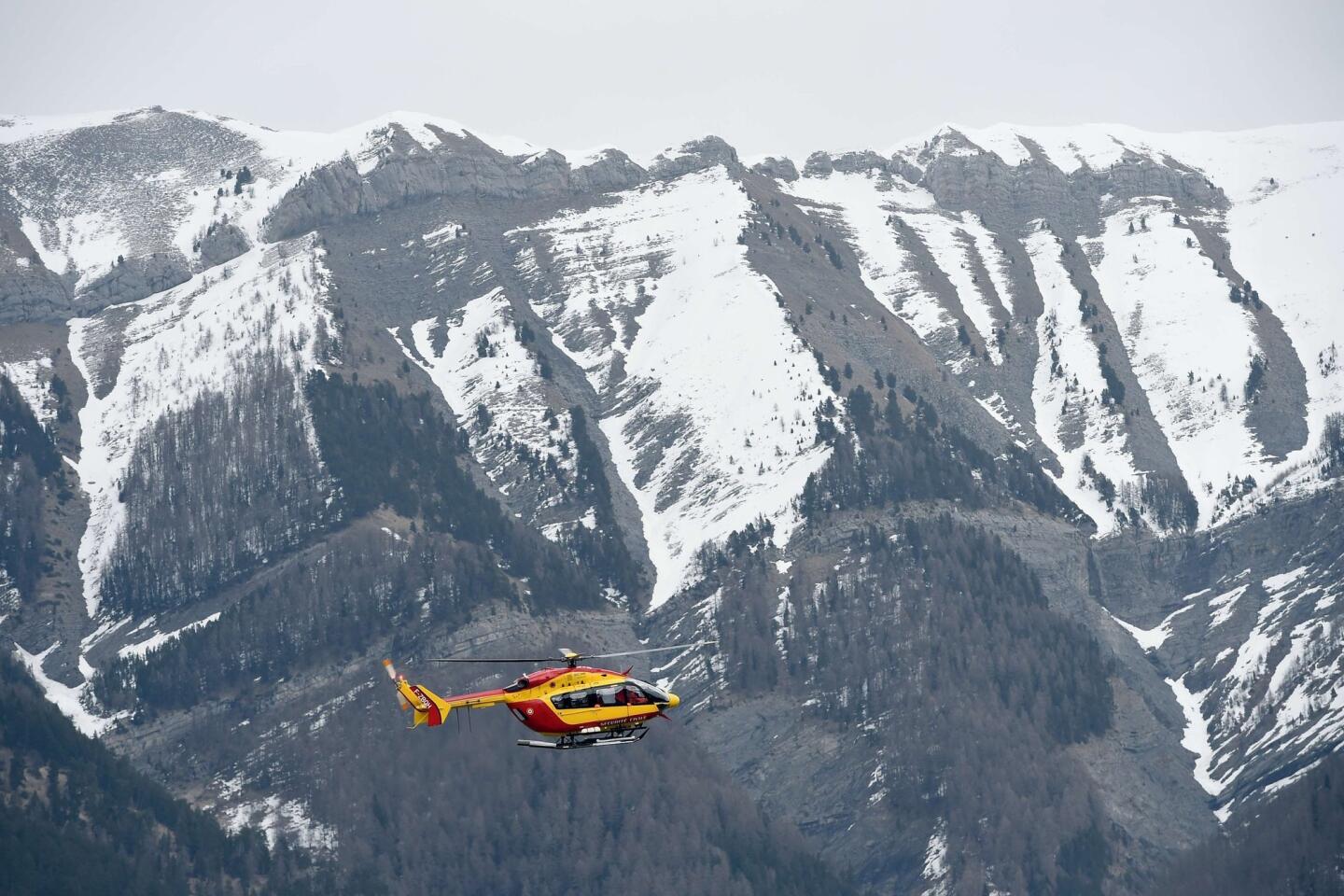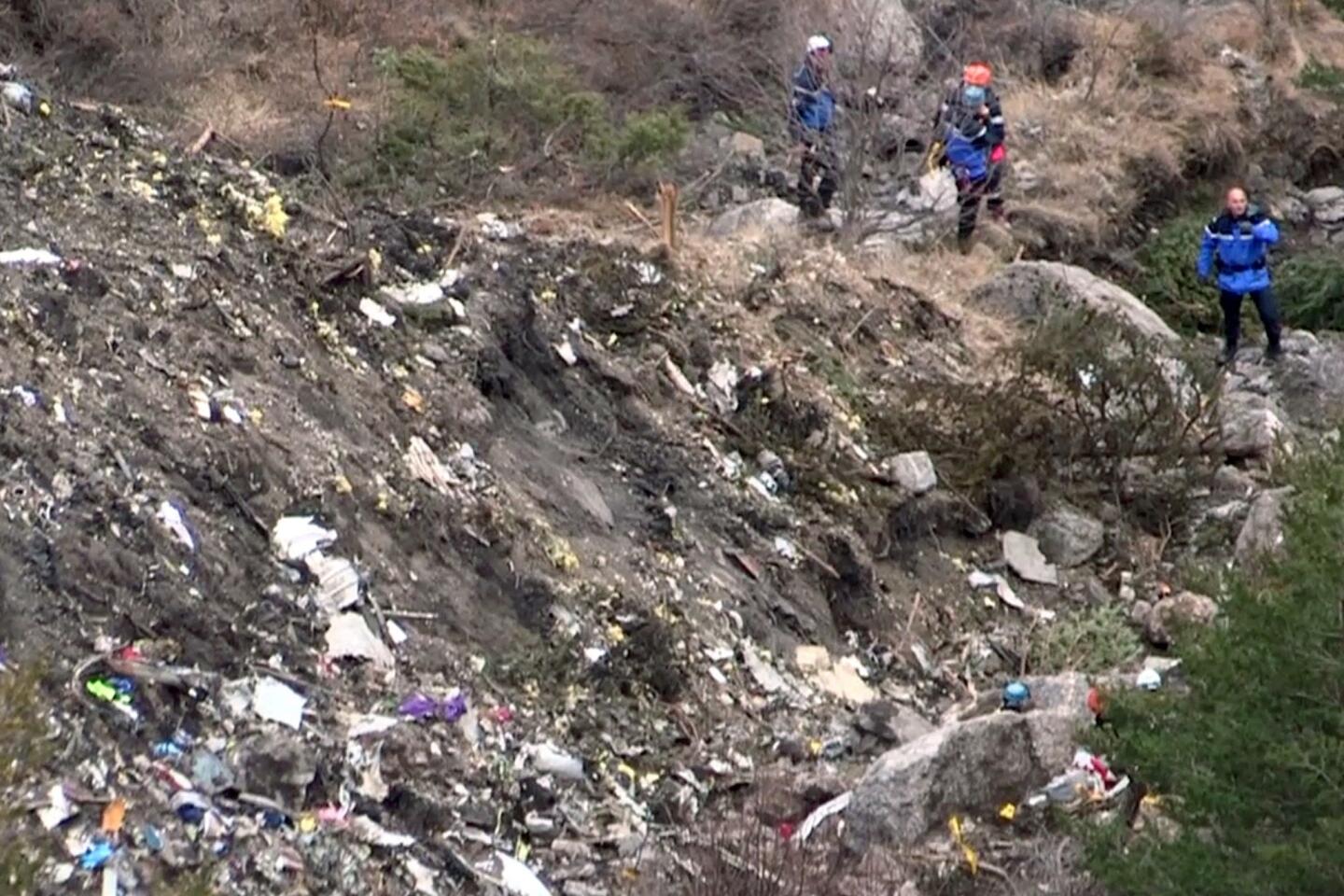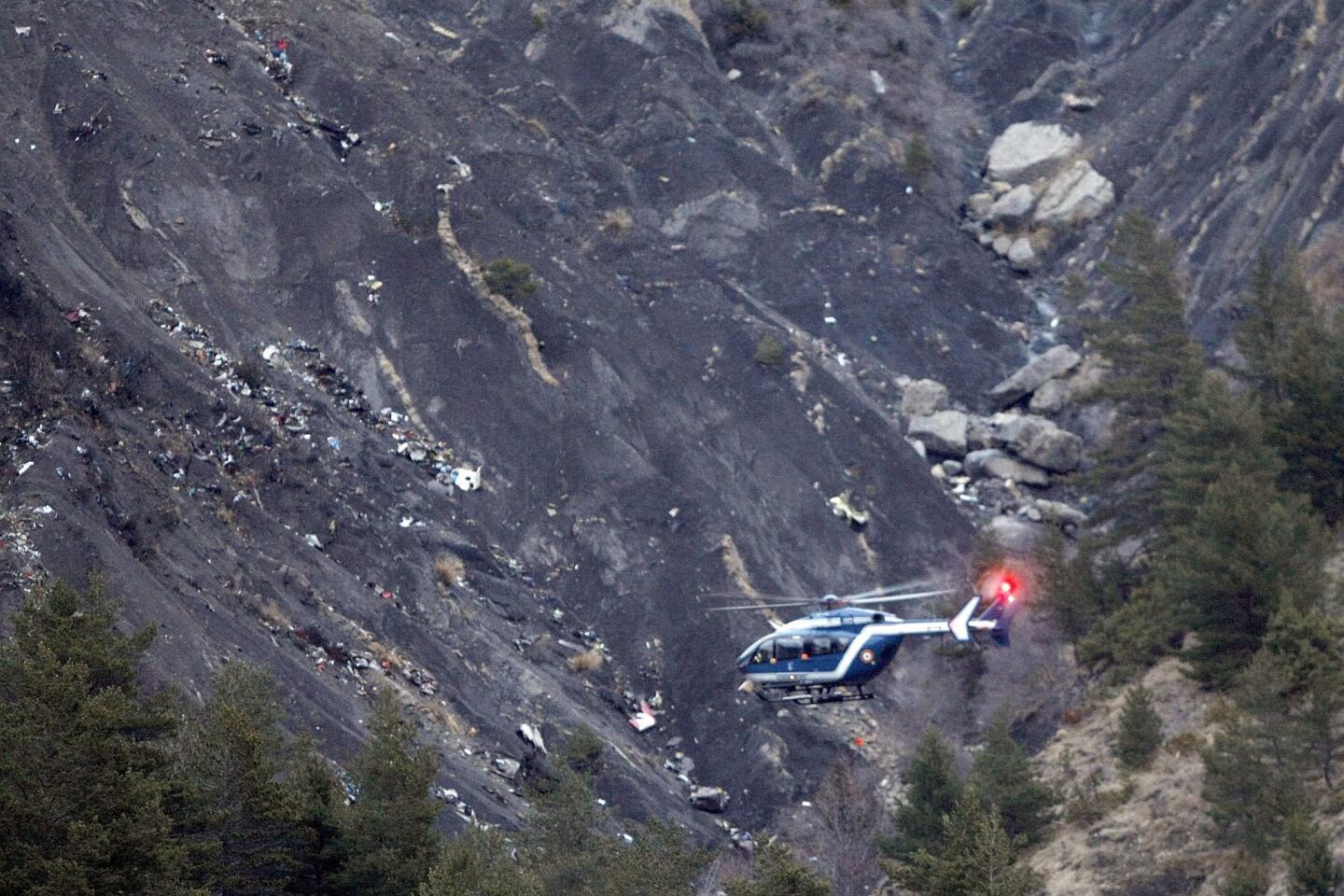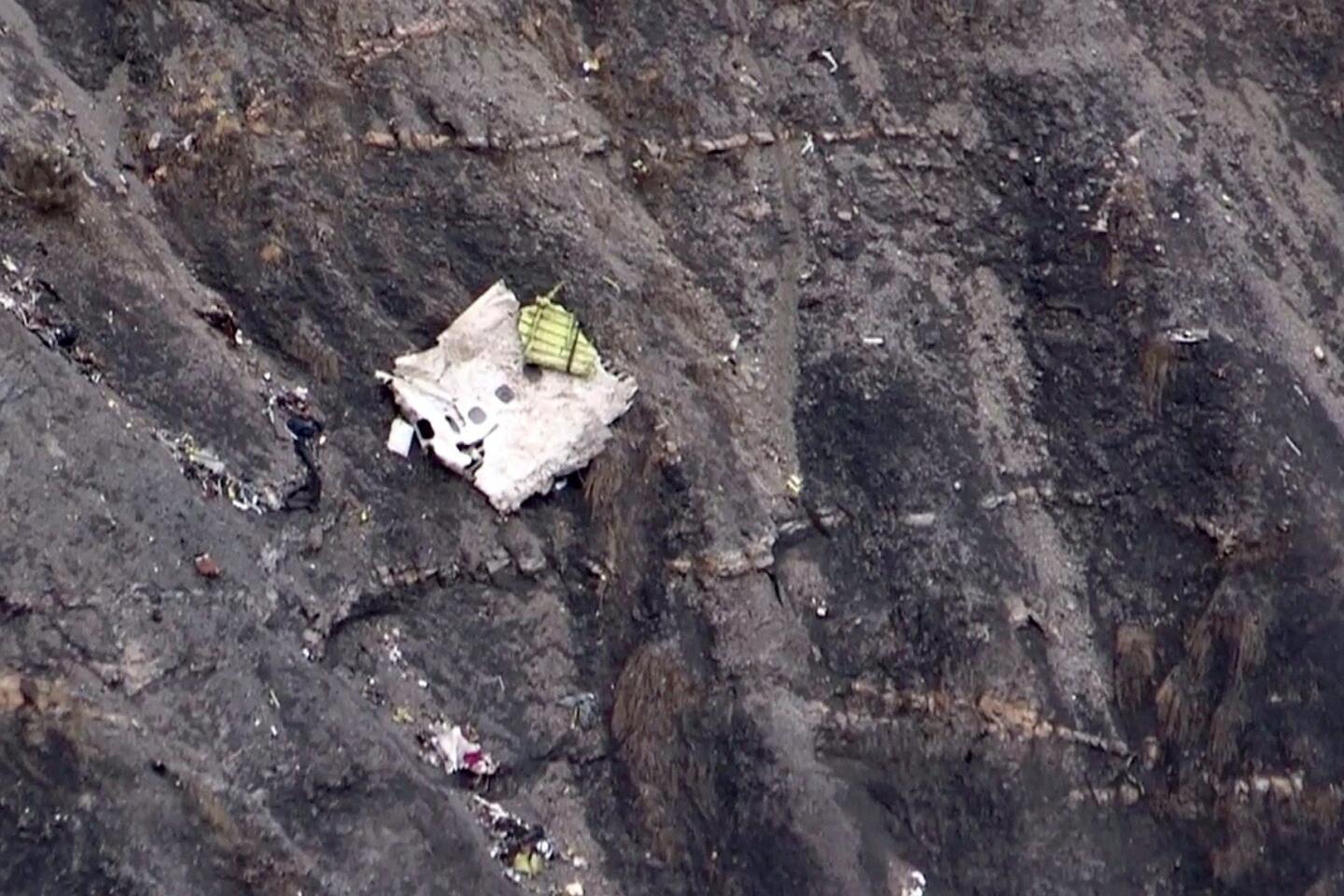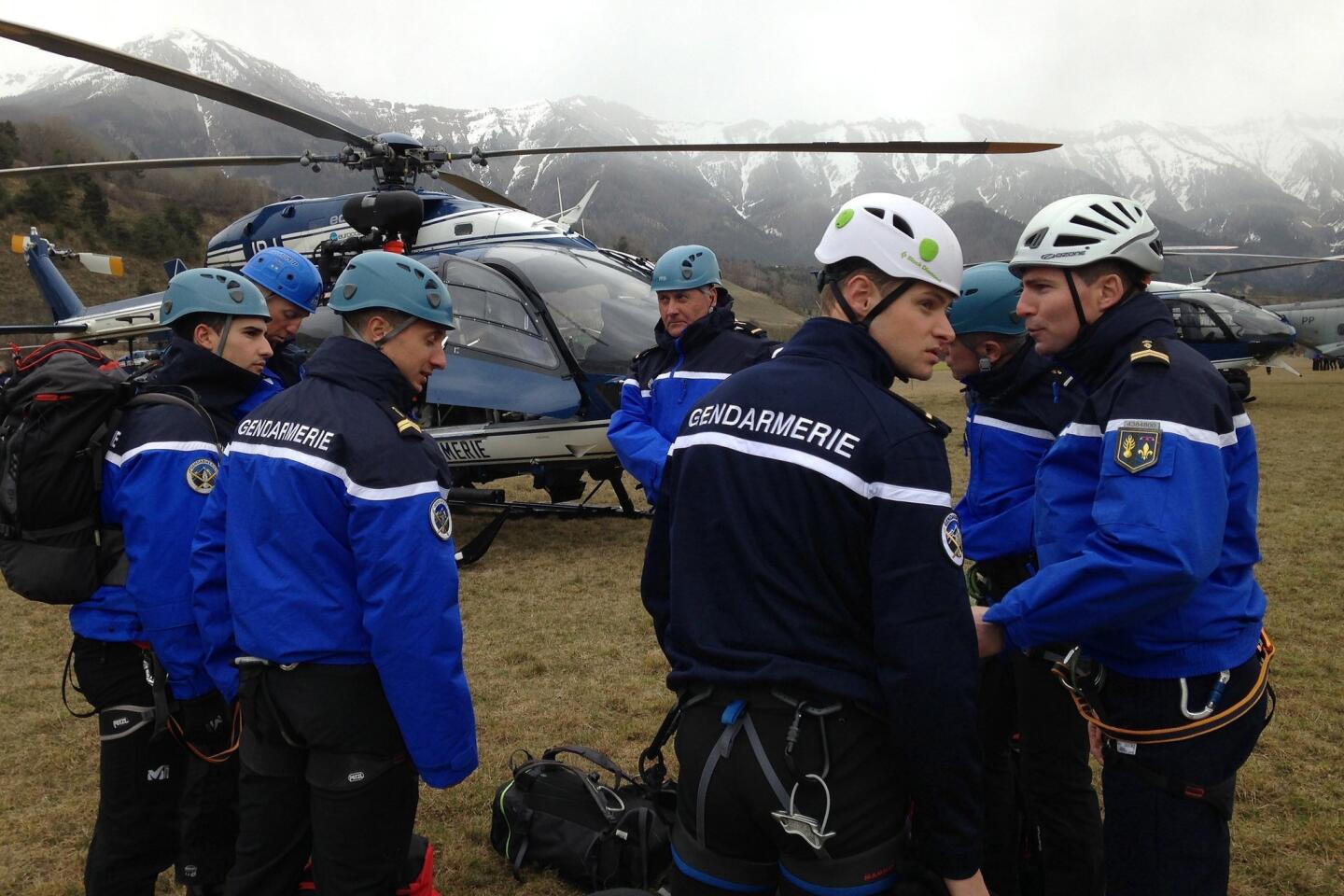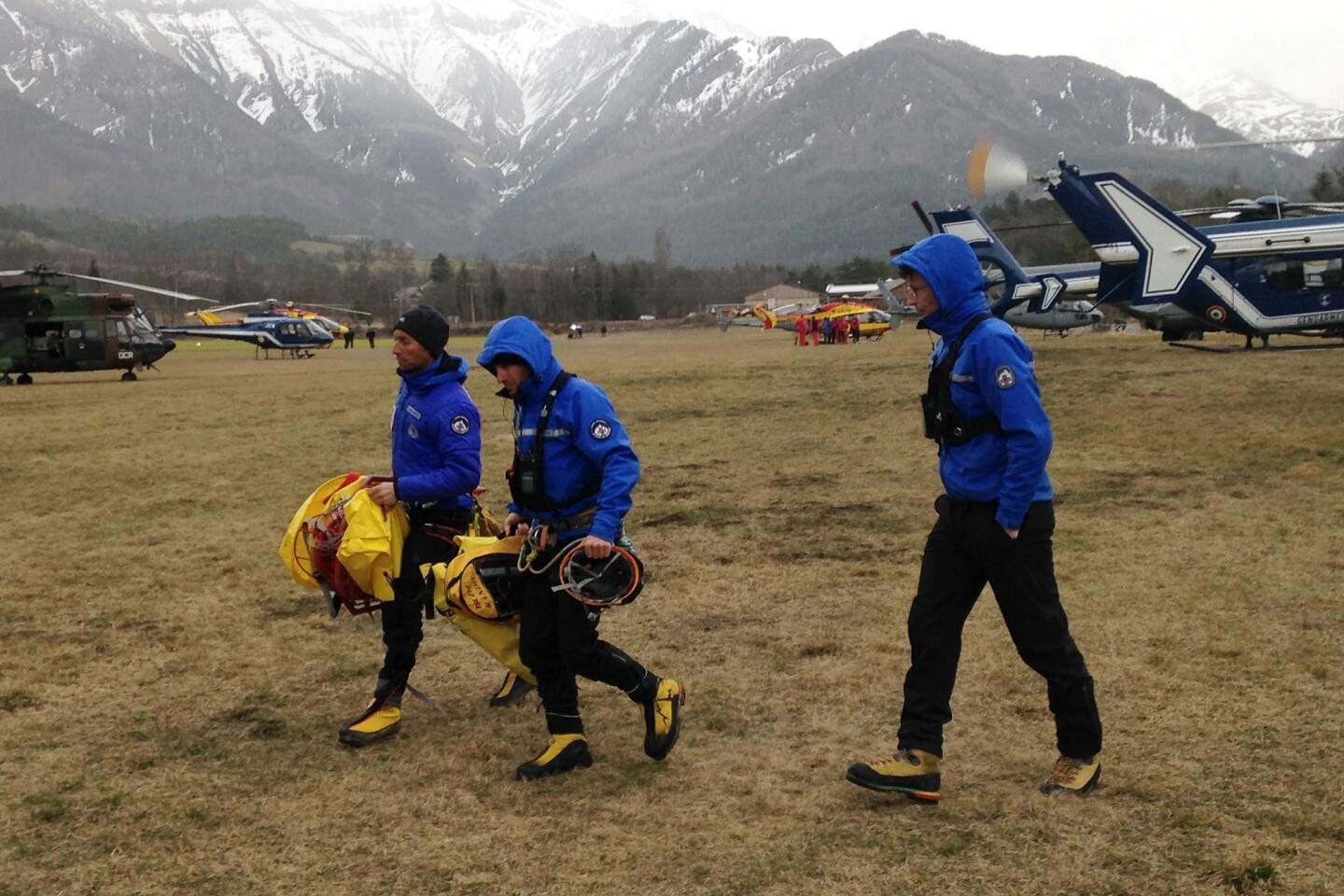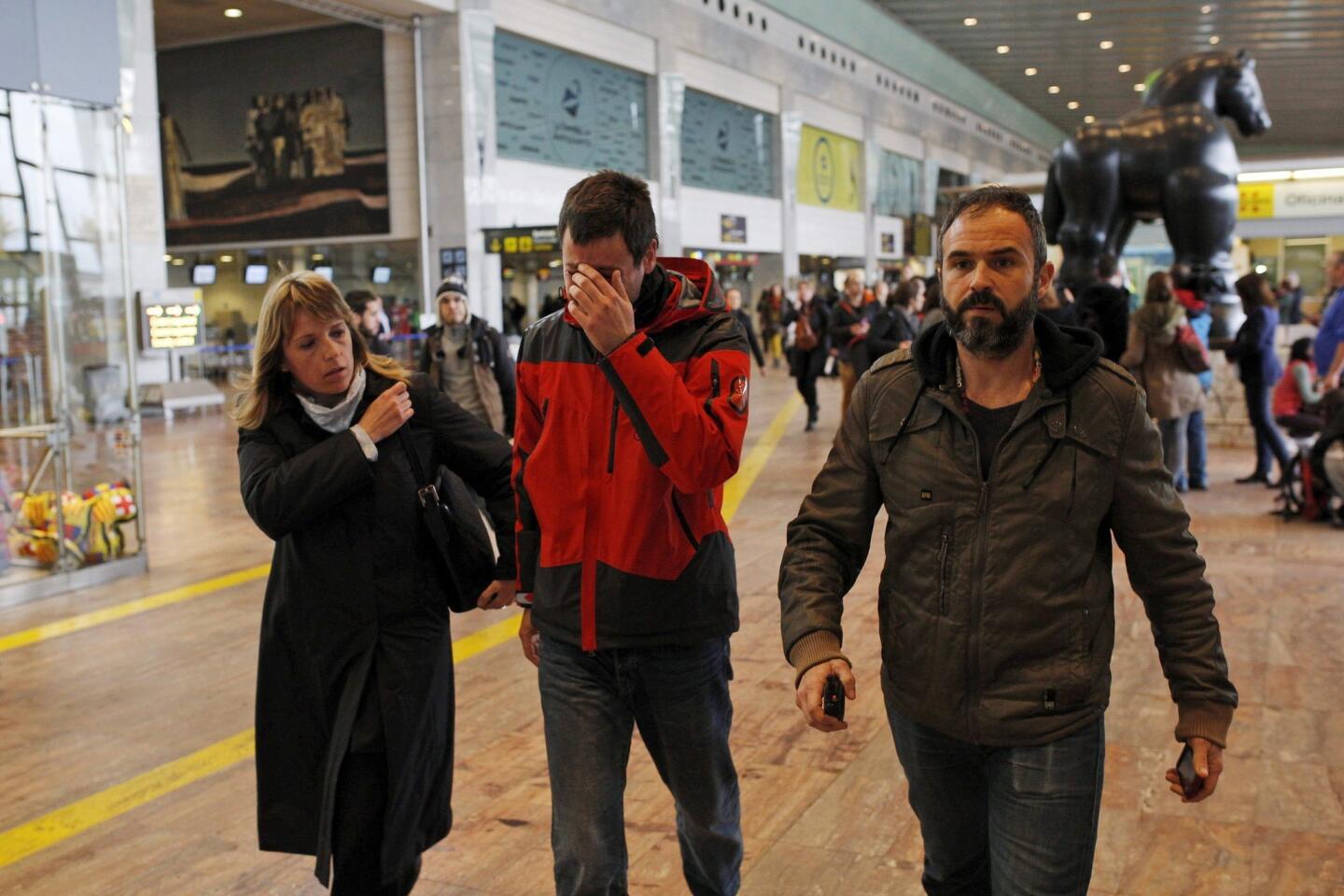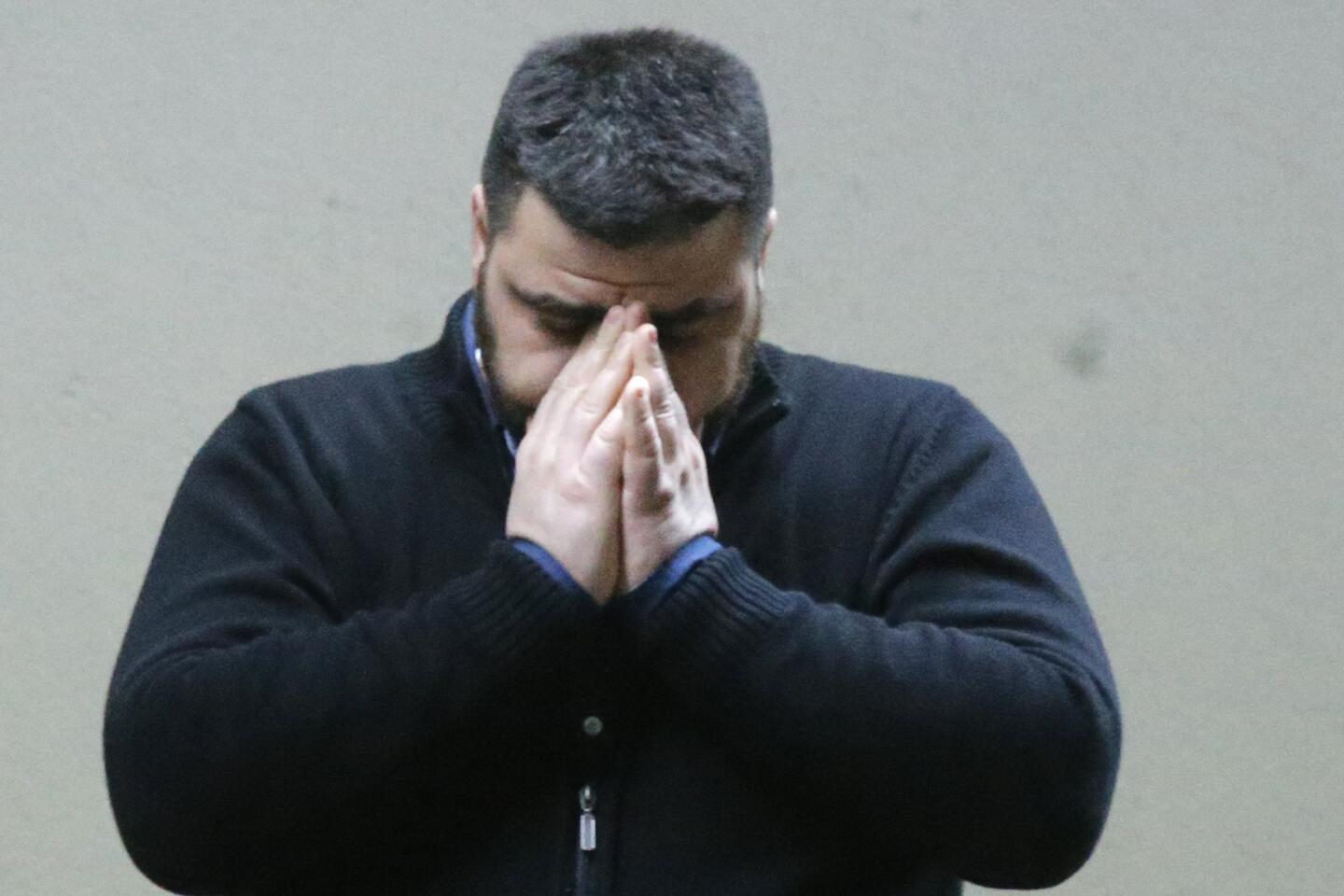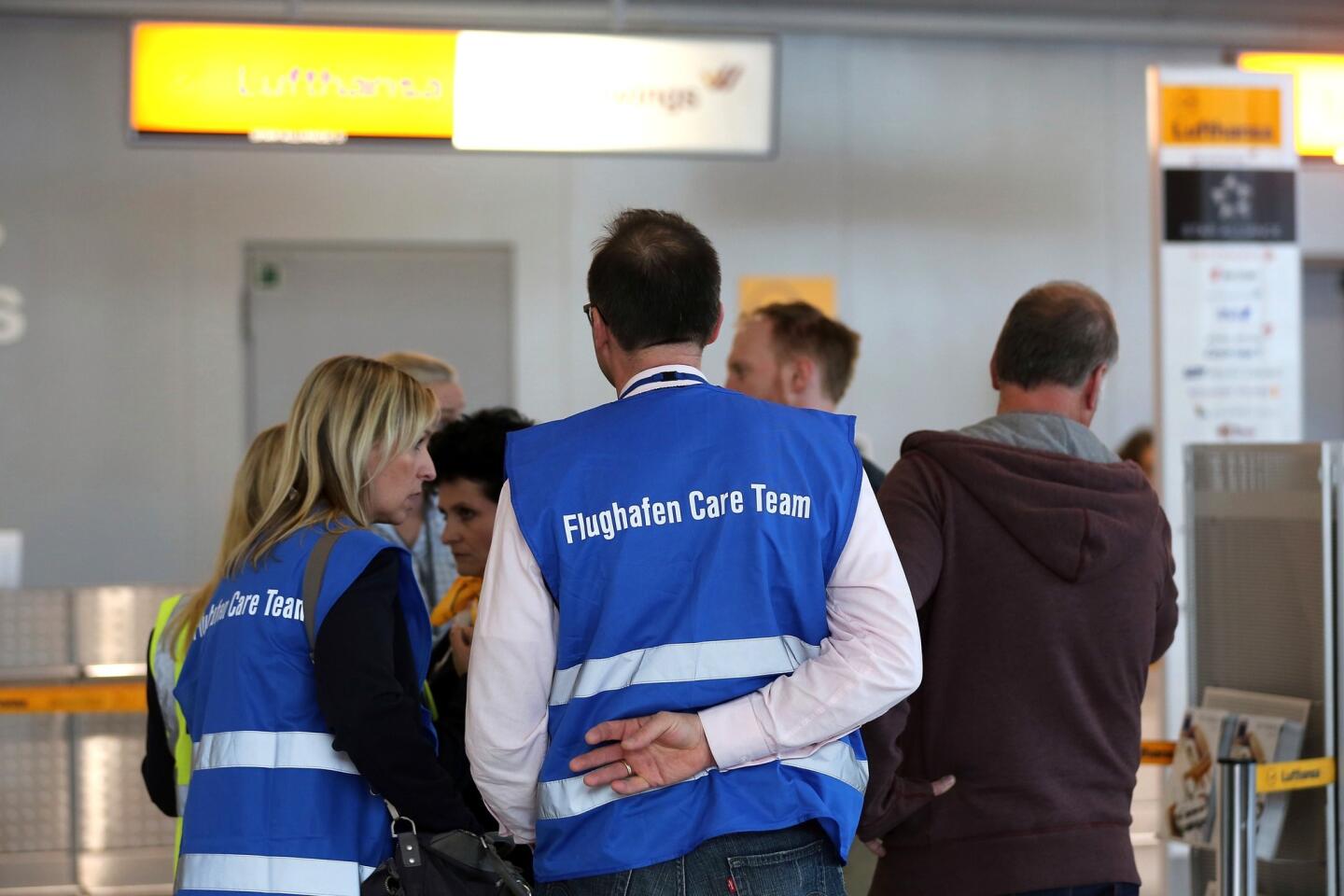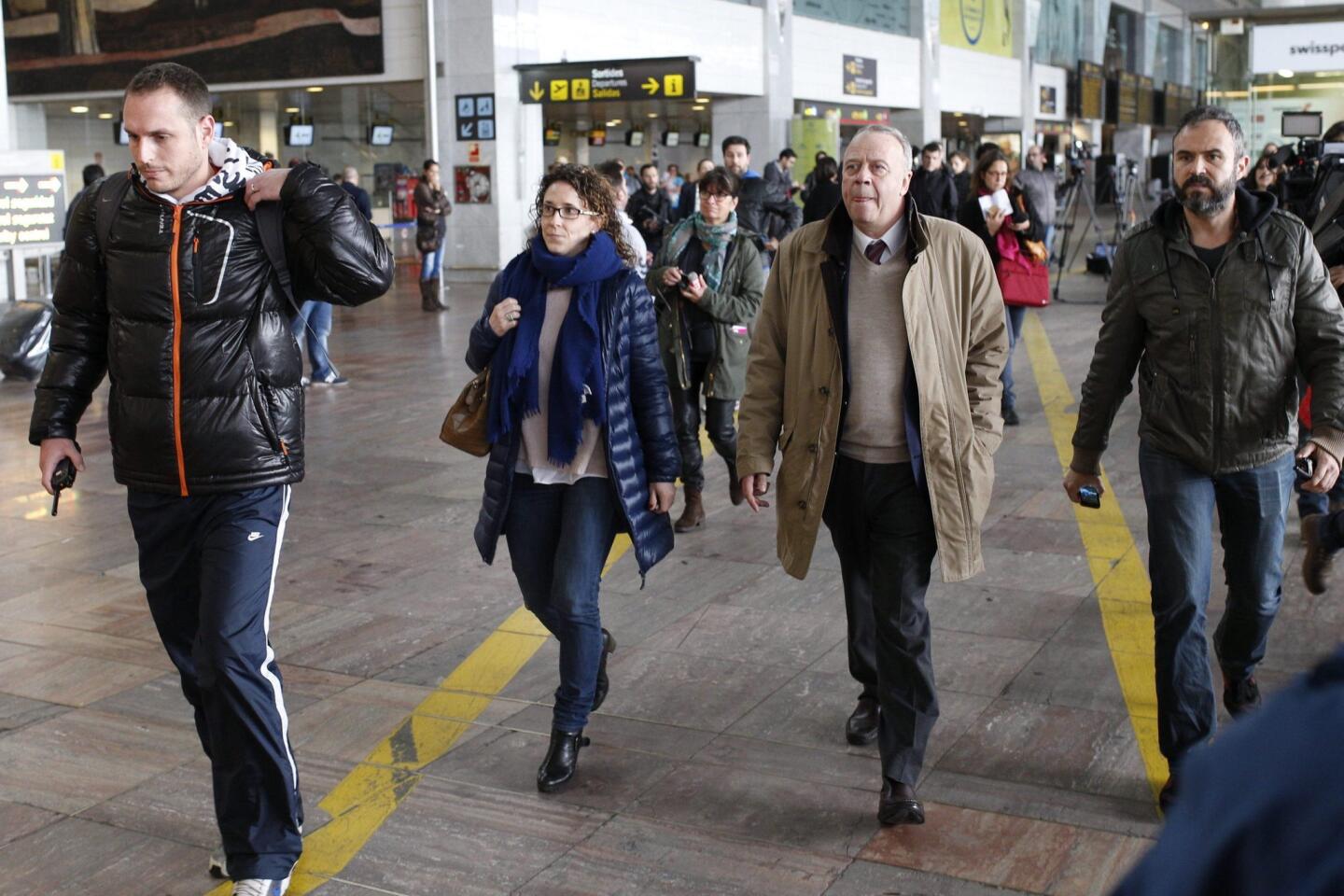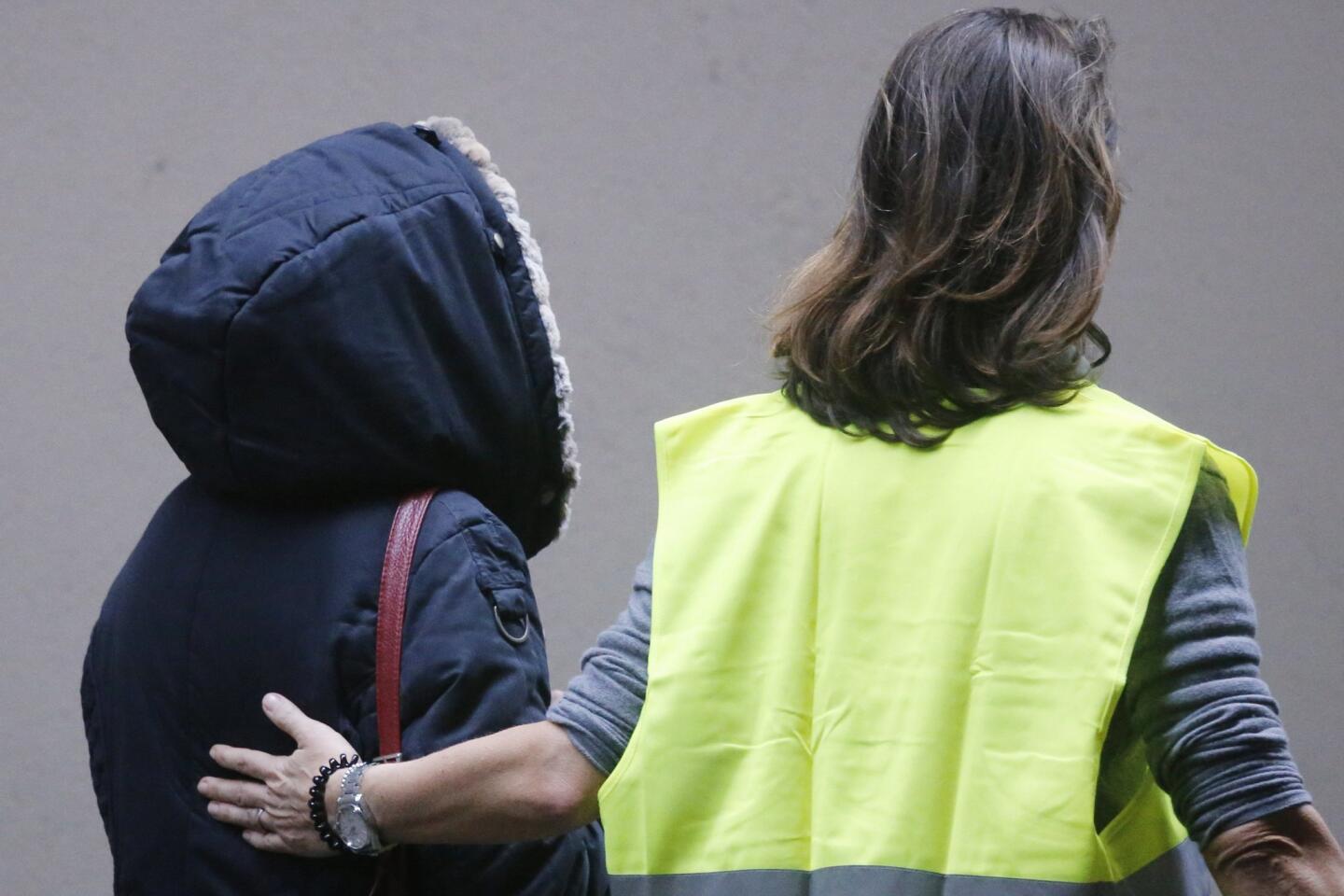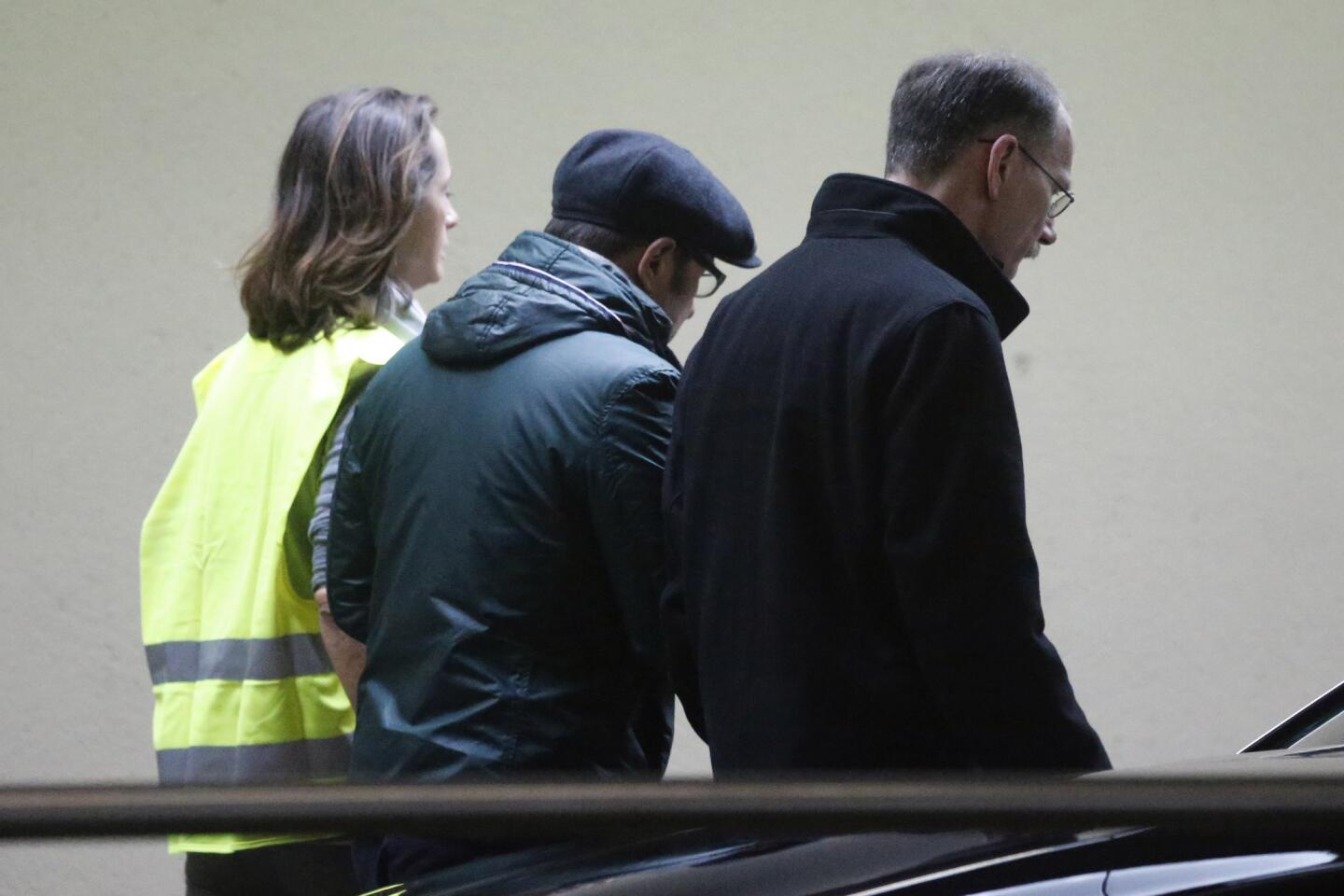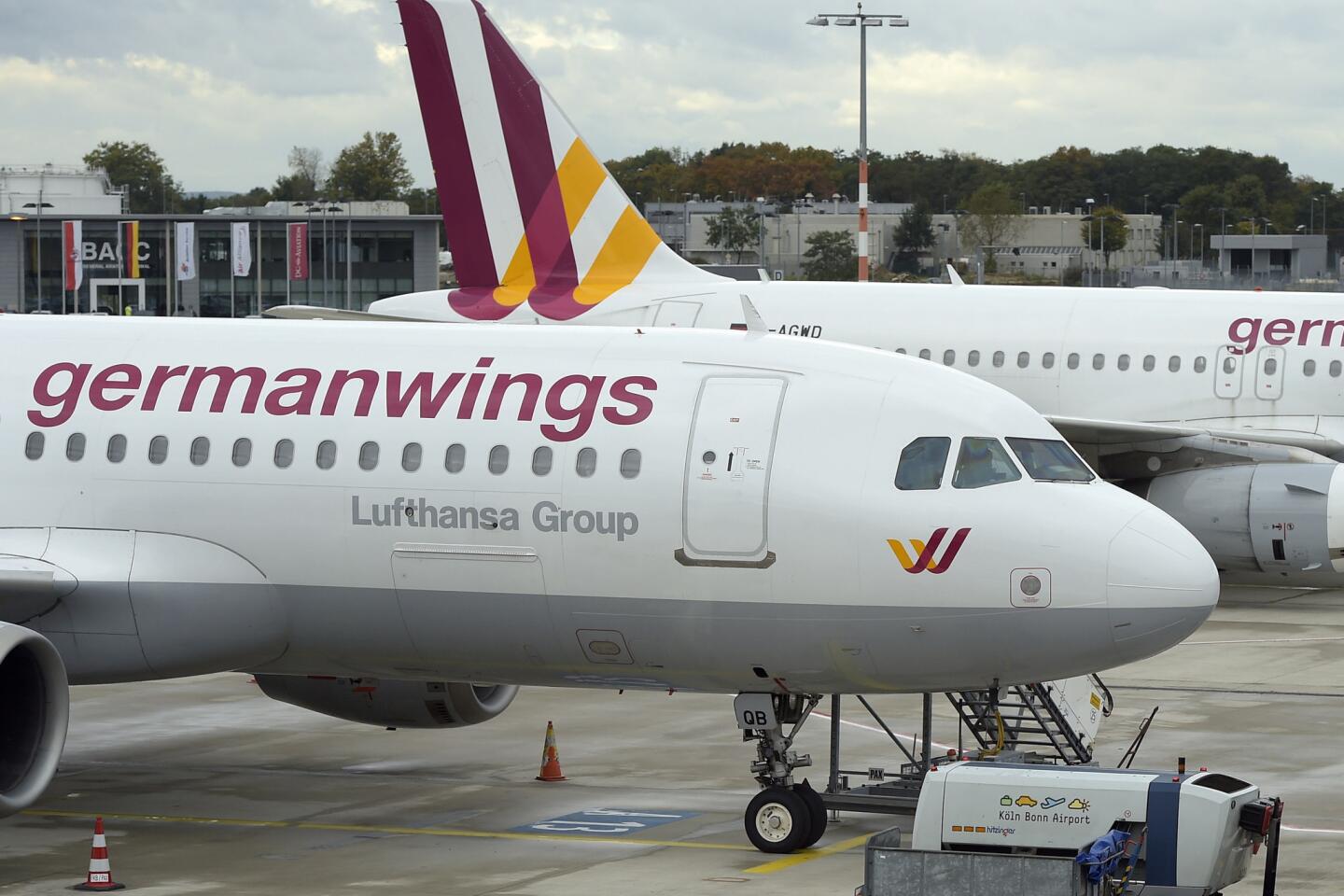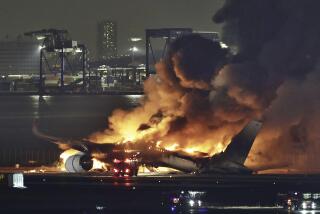Op-Ed: Germanwings crash: No algorithm can stop a pilot bent on killing himself
One of the subtler ironies of the Germanwings accident — though the word “accident” may no longer be appropriate — is that the airplane involved used so-called fly-by-wire technology. The flight crew’s control inputs go not to the ailerons and elevators, but instead to a computer that decides how to execute the pilots’ commands. One of the functions of this technology, which is present in all new airliners, is to guard against faulty or ill-advised pilot actions.
But the pilot still has the last word. If he chooses, he can override the computers. It is one of the axioms of aviation, handed down over generations, that the pilot’s authority — presumably for the safety of the flight and its passengers — is absolute. He is a monarch, and the airplane is his kingdom.
And so, while computers can protect us against pilot error, they cannot defend us against pilot malice. No algorithm, no existing technology, can stop a pilot bent on killing himself, with a plane full of people as collateral damage — as appears to have happened in the Alps.
We have now learned something about the complex locks and overrides in the armored doors that are supposed to separate a flight crew from a terrorist passenger. Some committee must have labored long and hard over the imagined action-movie scenarios that would result in their destruction. But the task of designing those doors, after 9/11, was not a riddle about a chicken, a fox, a river and a raft, to which a sufficiently patient and logical person could arrive at a correct answer. When passengers, flight attendants and pilots are all potential enemies, what combination of locks and protocols can possibly work?
Suicide by airplane is very rare. In most cases — all cases, that I know of, in private planes, which are the majority — the pilot is alone. In the last couple of decades, however, there have been five or six instances in which a flight crew member deliberately crashed a plane full of passengers.
The strange stew of malice, despair and grandiosity that leads people to unite suicide with slaughter is hardly a specialty of airline pilots, however; we encounter it regularly in the news, in instances as disparate as the suicide bomber in the mosque and the distraught father who kills his children and then himself.
As airline engines, avionics and airframes become more and more reliable, pilots continue to be the cause of most accidents — although human error finds fewer opportunities in the increasingly automated skies. From shortly after takeoff to shortly before touchdown, airplanes fly themselves while pilots talk with controllers and one another and punch data into flight management systems. In dense fog, with suitably equipped airports and airplanes, completely blind landings are made. Oddly, it is the takeoff, arguably the simplest part of flying an airplane, that has so far eluded automation — more because of the resistance of pilots than the difficulty of the task. Eventually even that may change. If cars can be made self-driving — as supposedly they can — then airplanes too could perhaps be freed of the last layer of unreliability: the crew.
But how would you feel, boarding a plane, if there were no one up front to fly it? Would you not rather see a human crew? Most people would. We cannot help feeling that the agility and resourcefulness of the human mind may some day be needed to save us from some unforeseeable mischance of flight. It’s happened before, and will surely happen again.
We overlook even egregious pilot errors — Colgan Air, Air France 447 and TransAsia are recent examples — in our faith that human beings are ultimately more reliable than machines. What makes the Germanwings accident so terrible to contemplate is that, if it turns out to be true that the first officer deliberately crashed the plane, it offends our sense of common humanity. We may forget mistakes, but we cannot forgive a betrayal.
Peter Garrison is a pilot and writes an accident-analysis column for Flying Magazine.
Follow the Opinion section on Twitter @latimesopinion and Facebook
More to Read
Sign up for Essential California
The most important California stories and recommendations in your inbox every morning.
You may occasionally receive promotional content from the Los Angeles Times.
